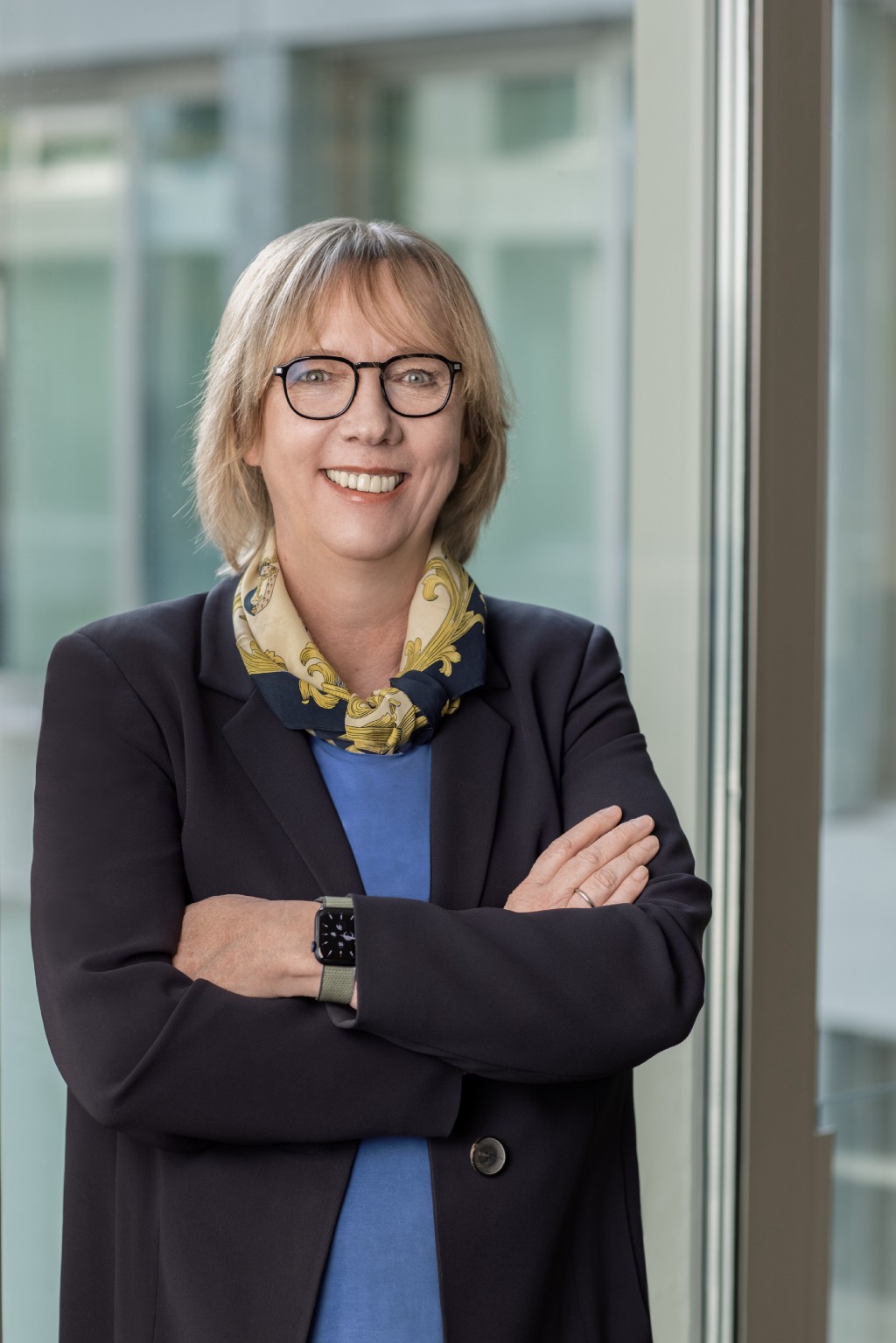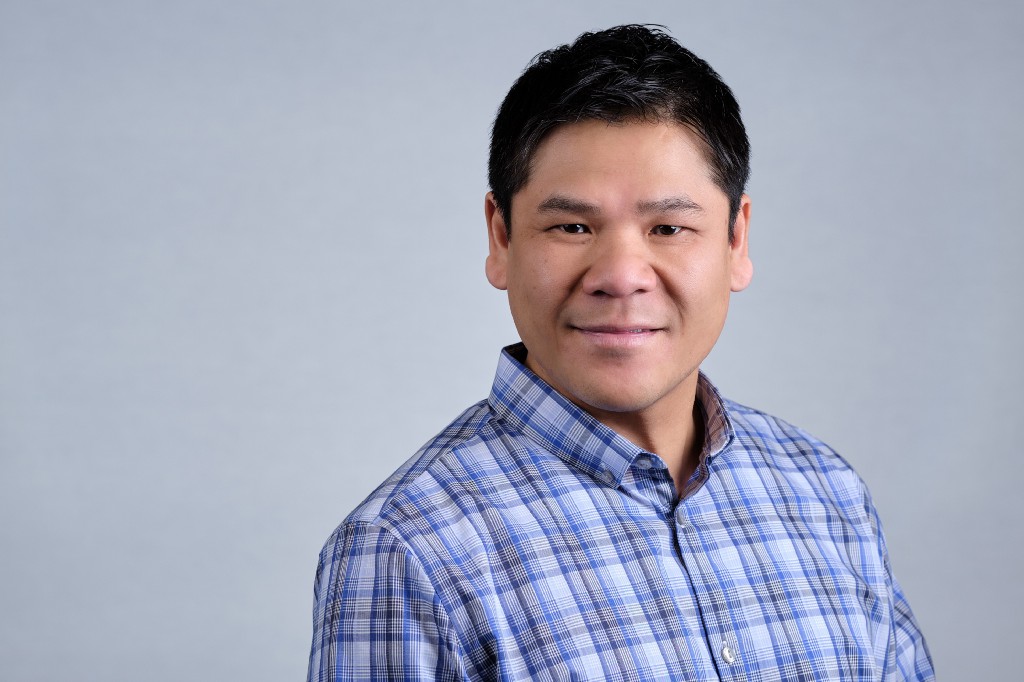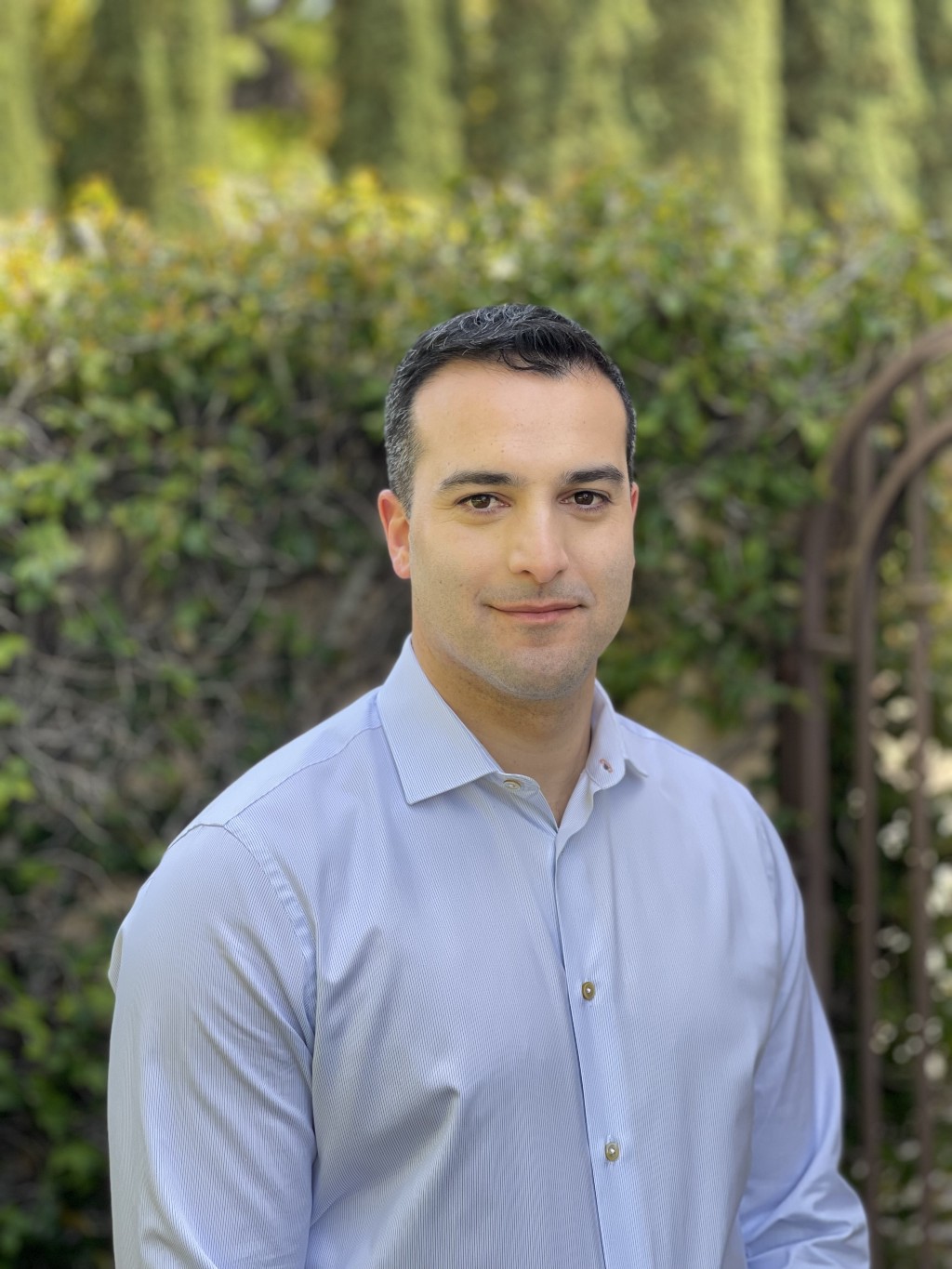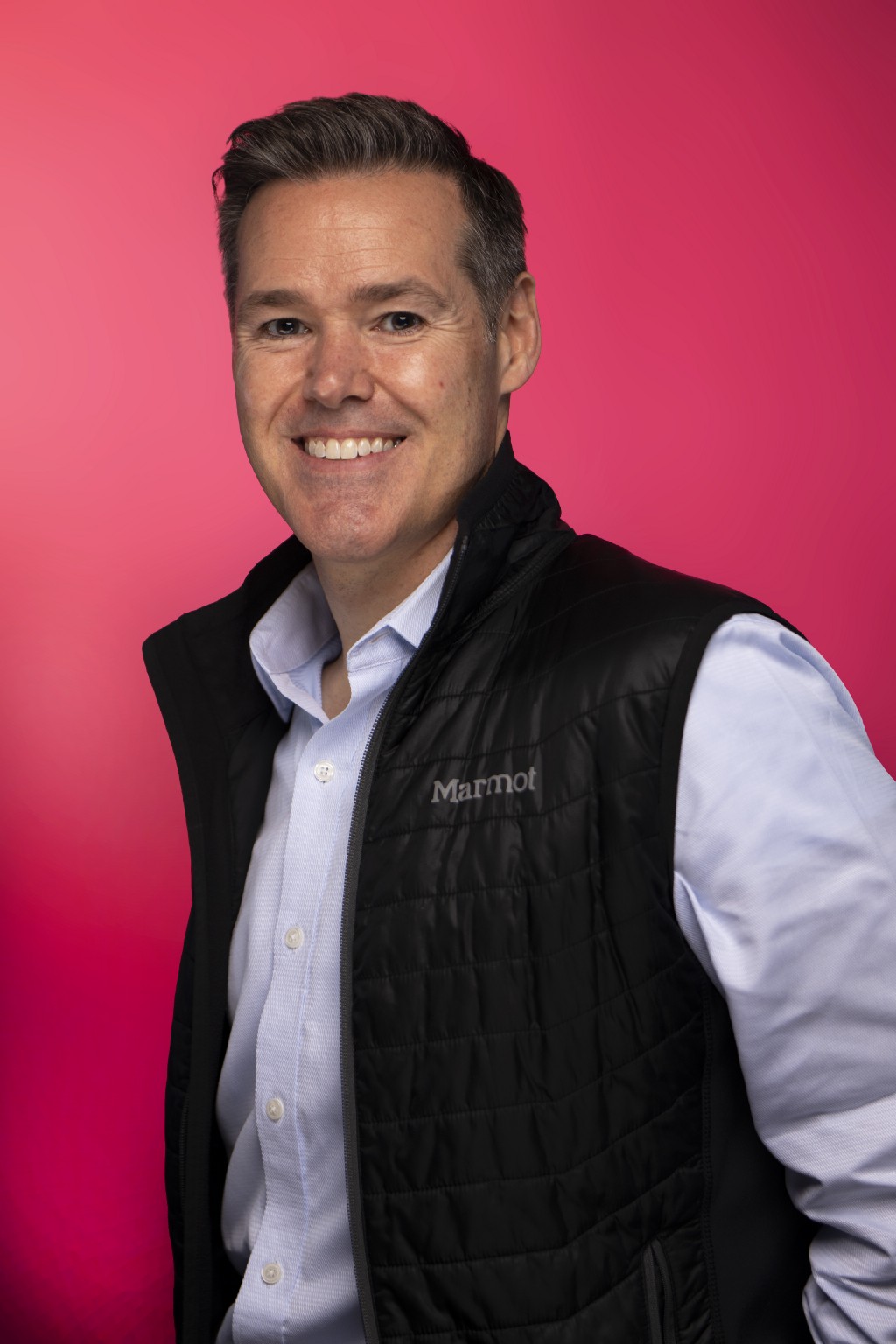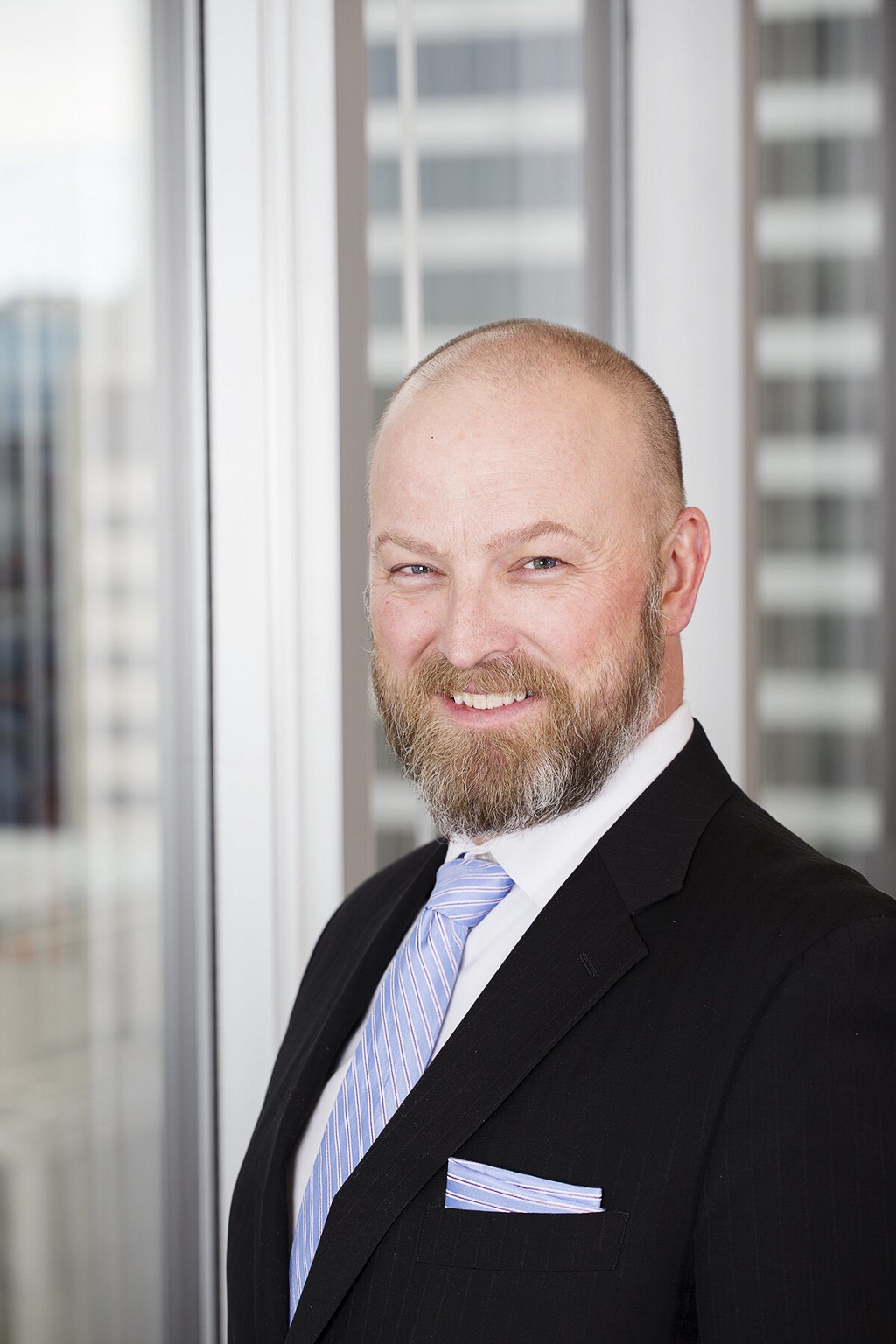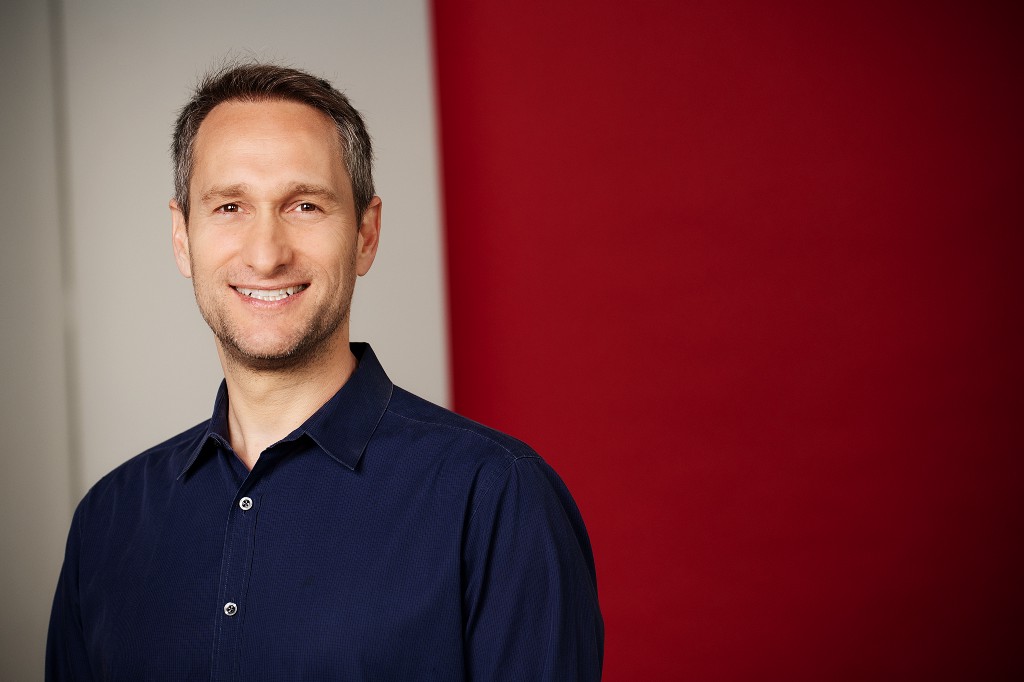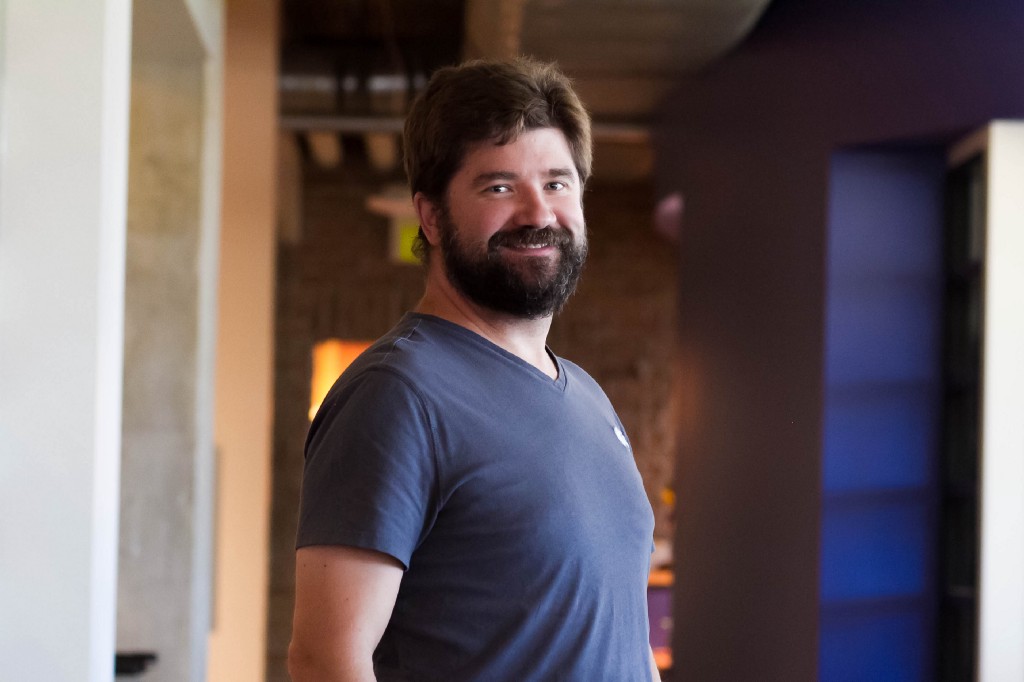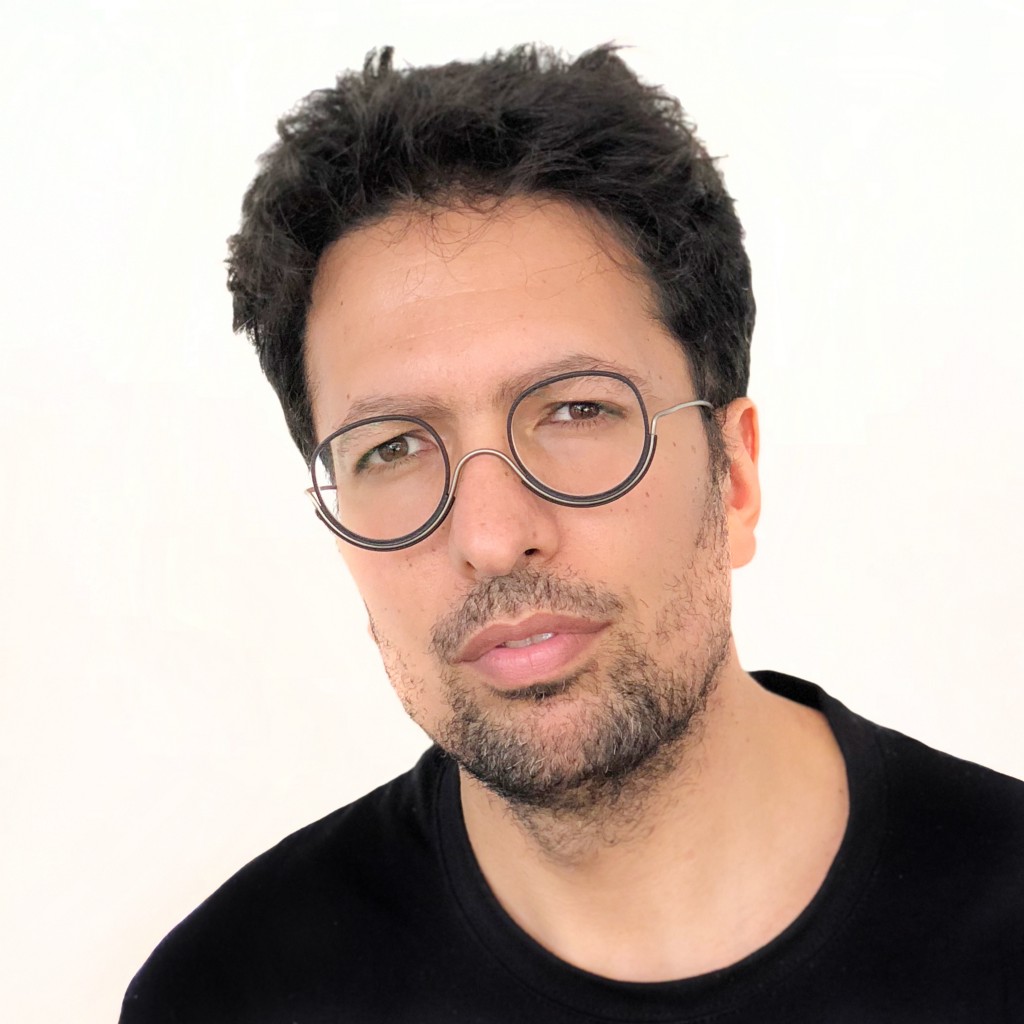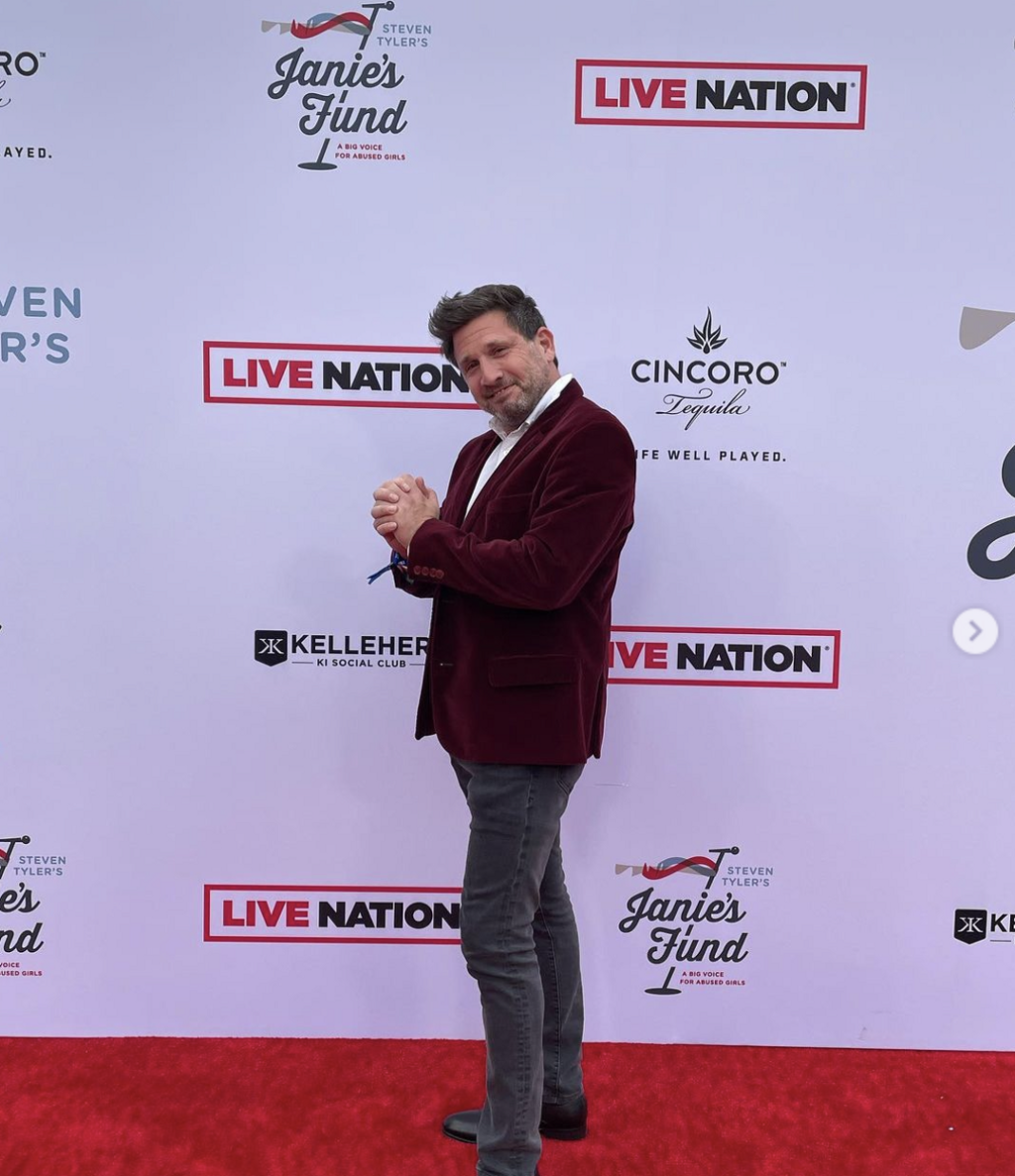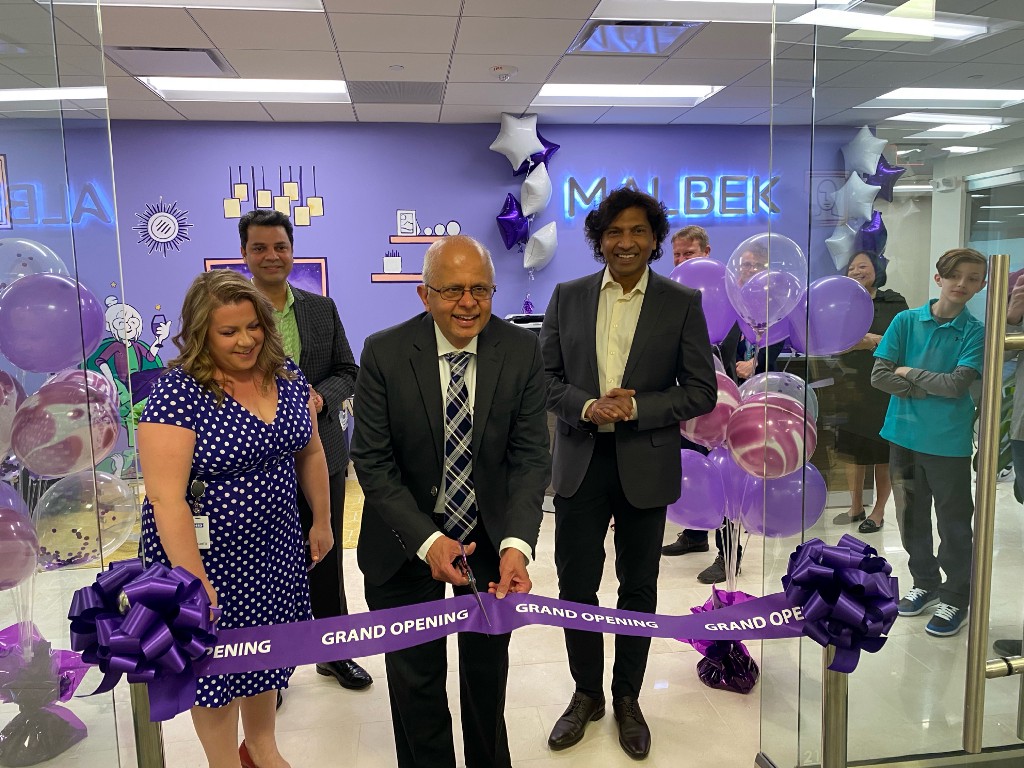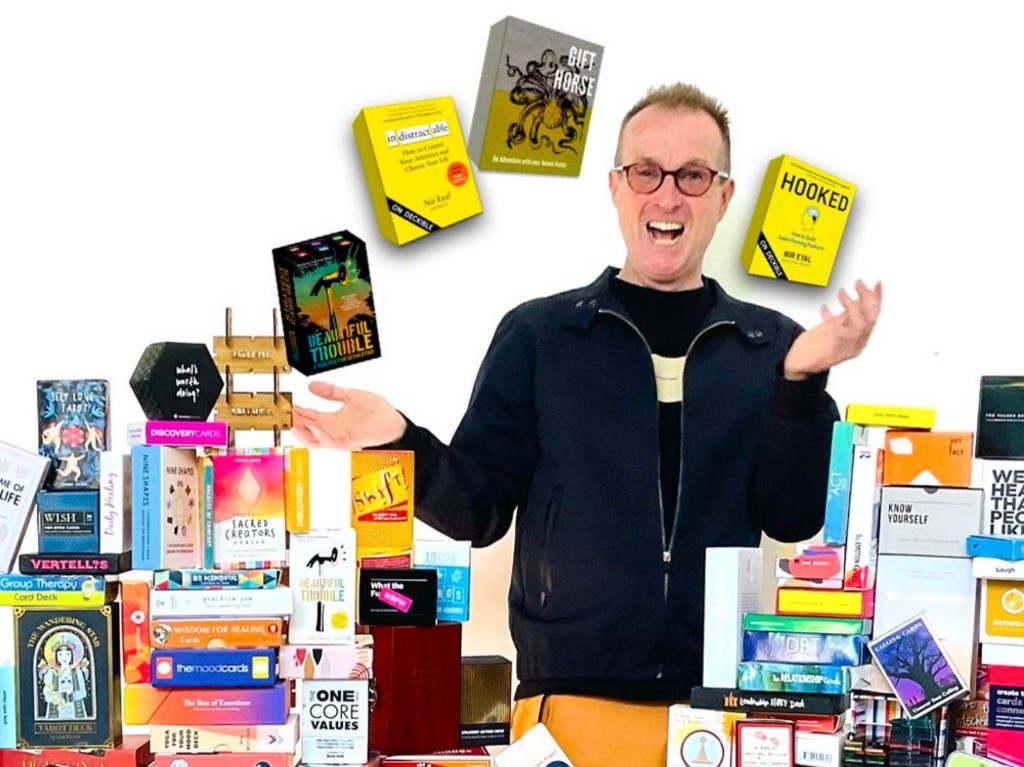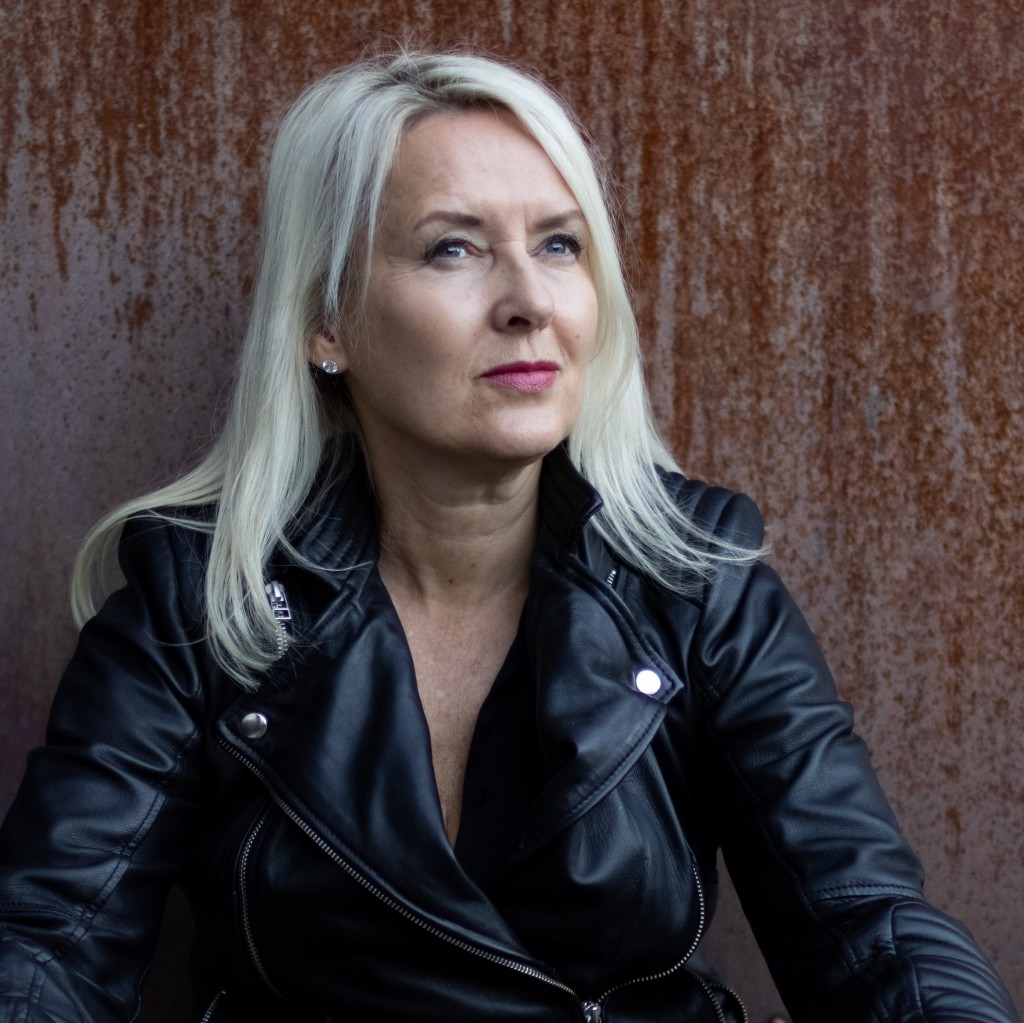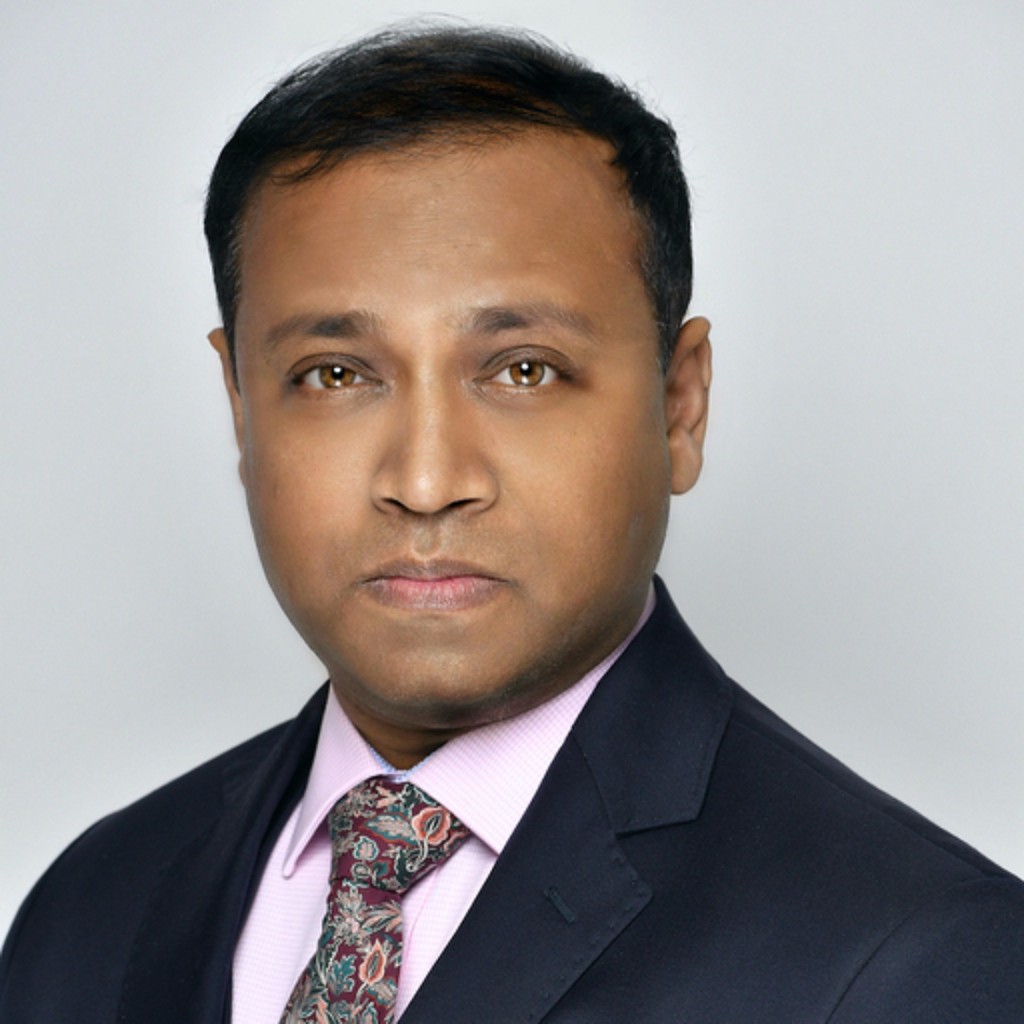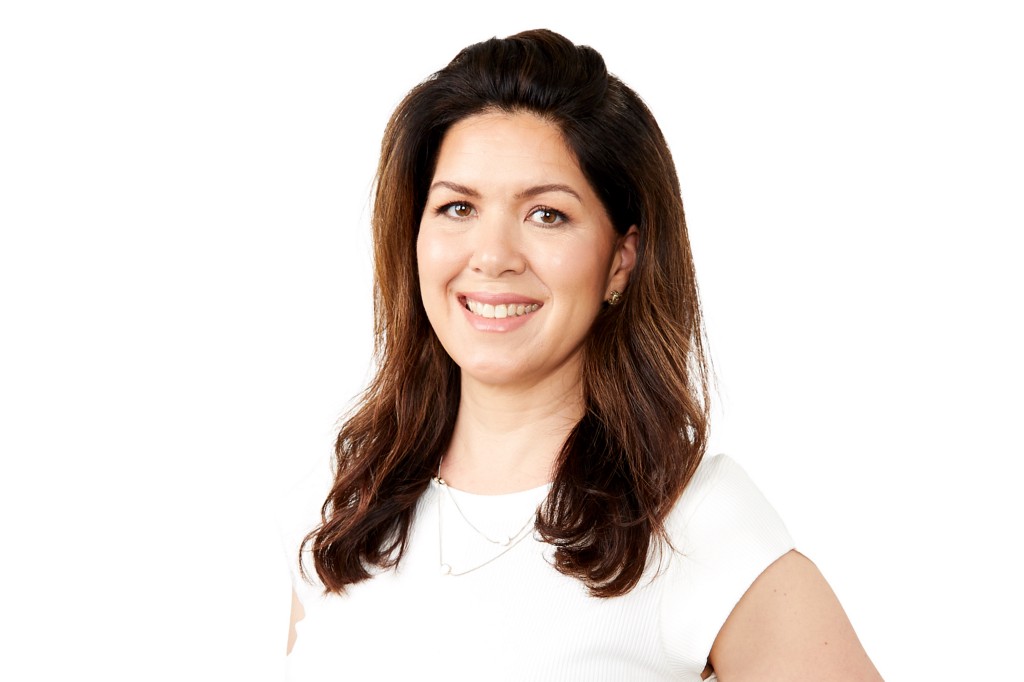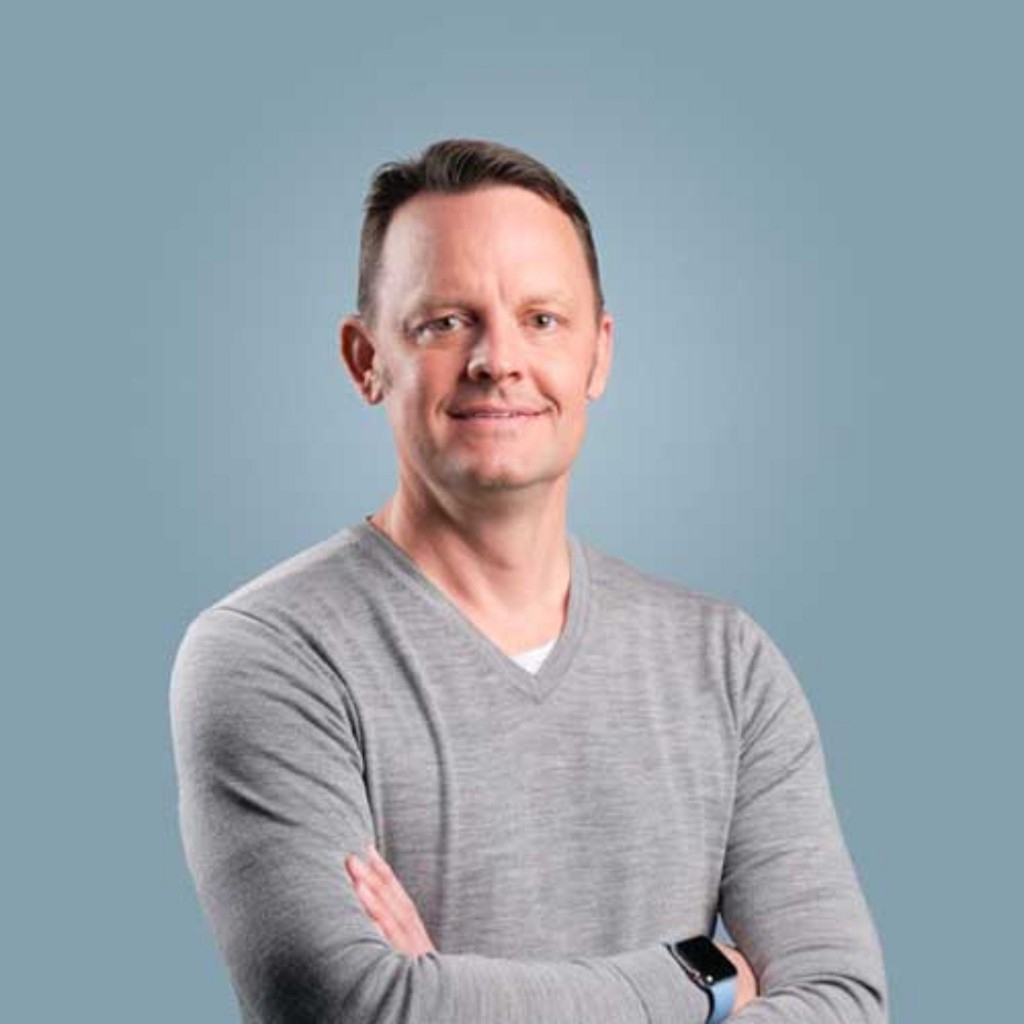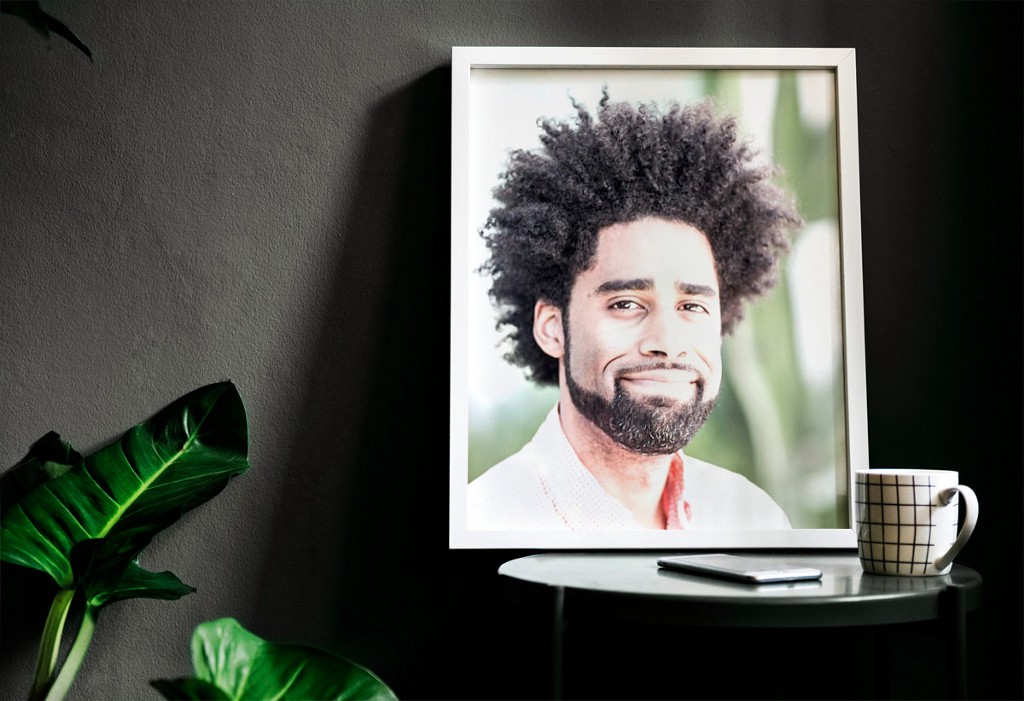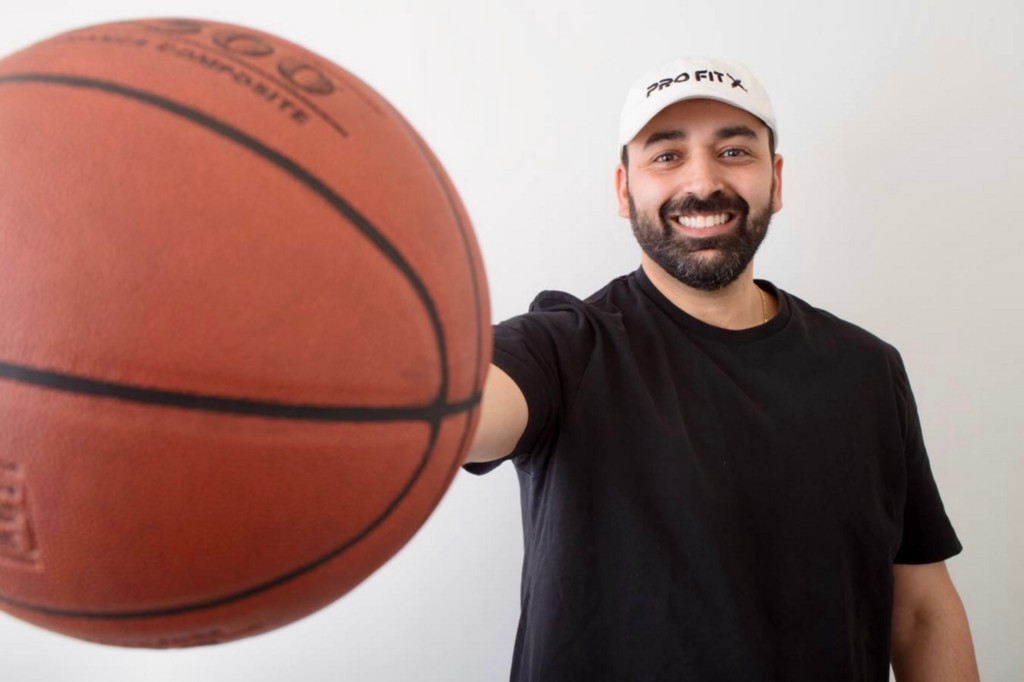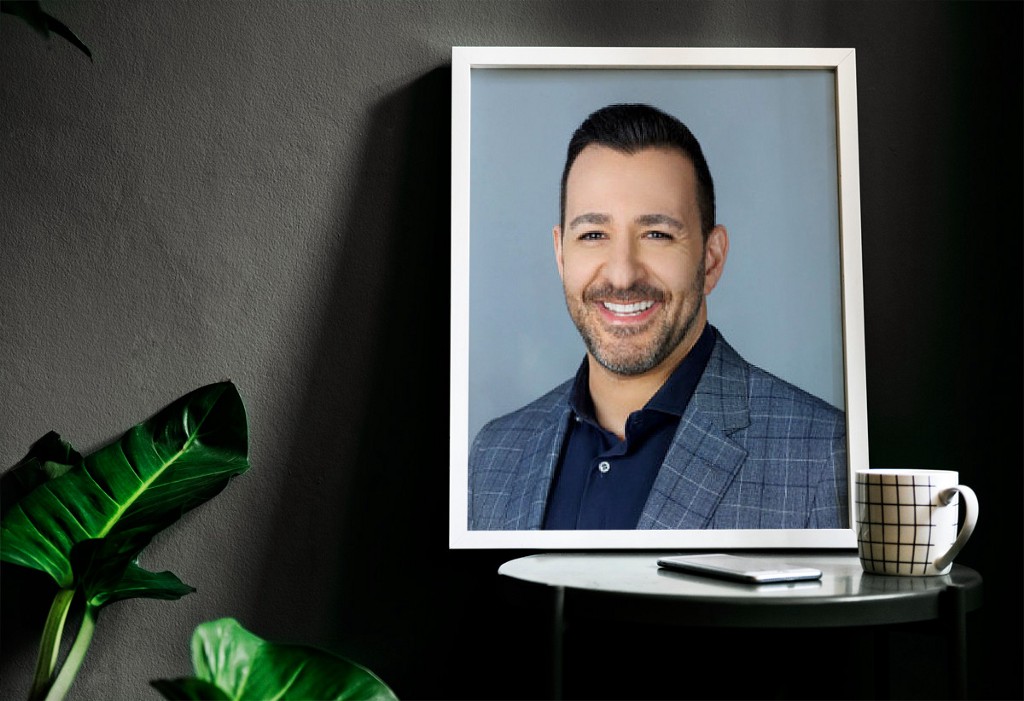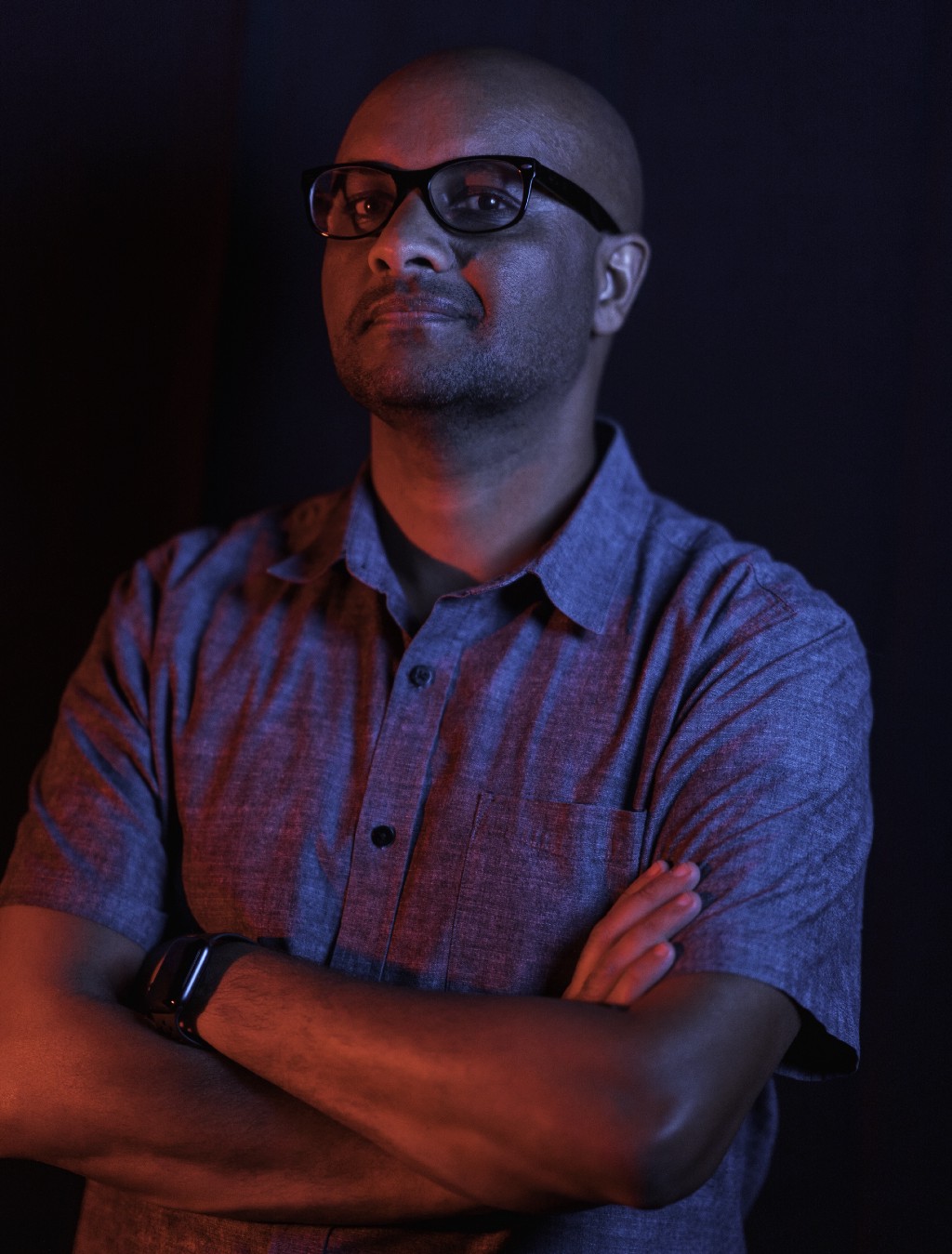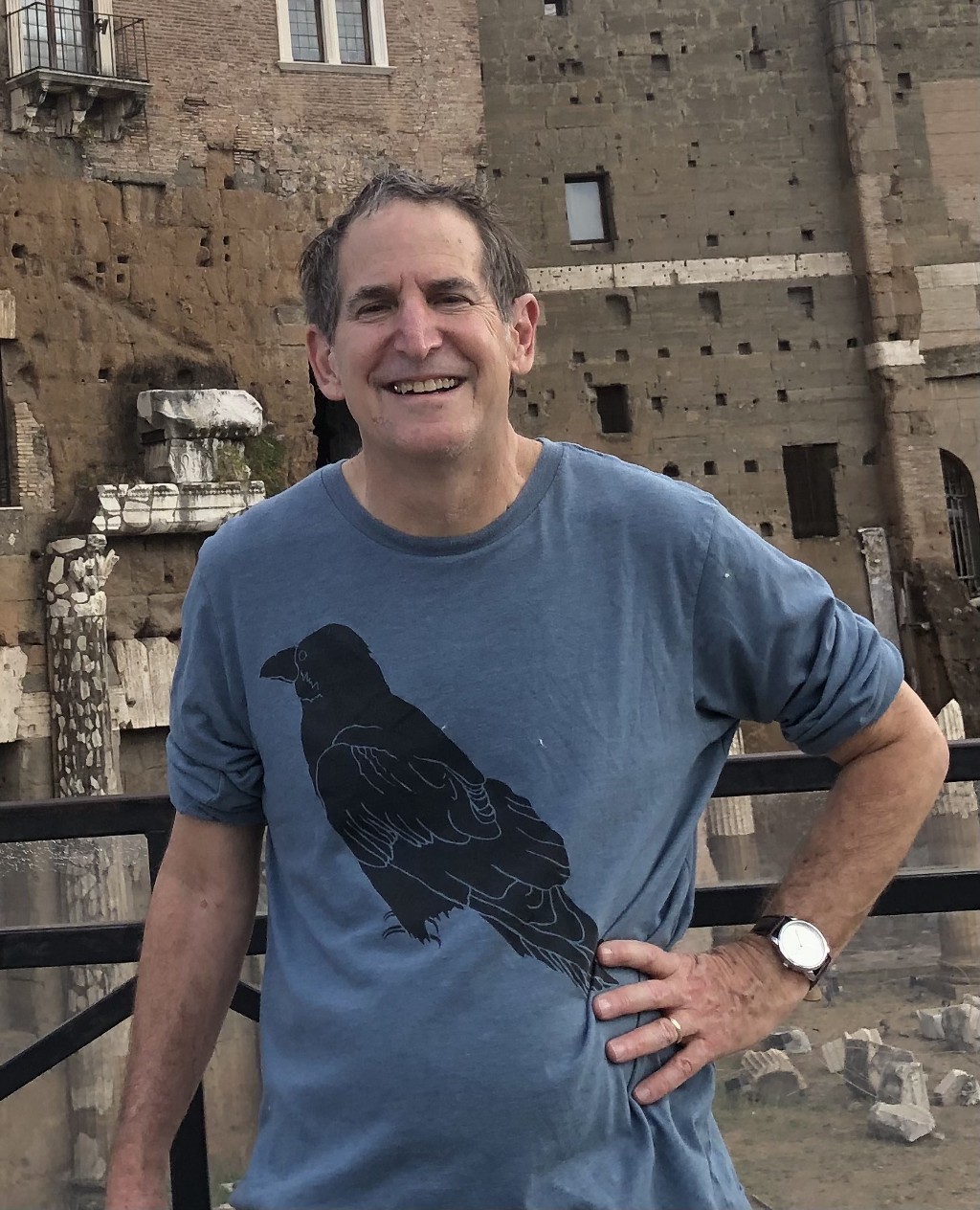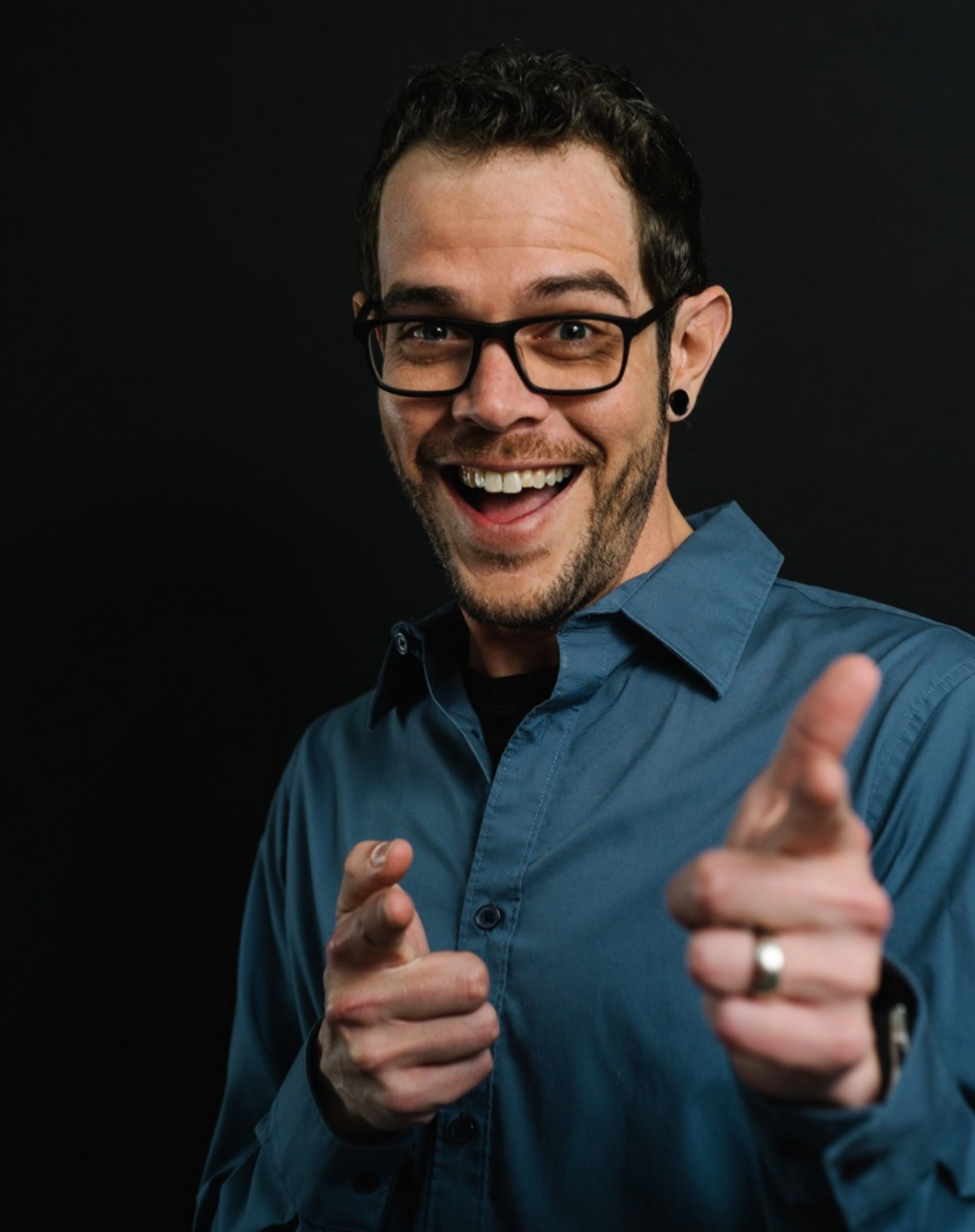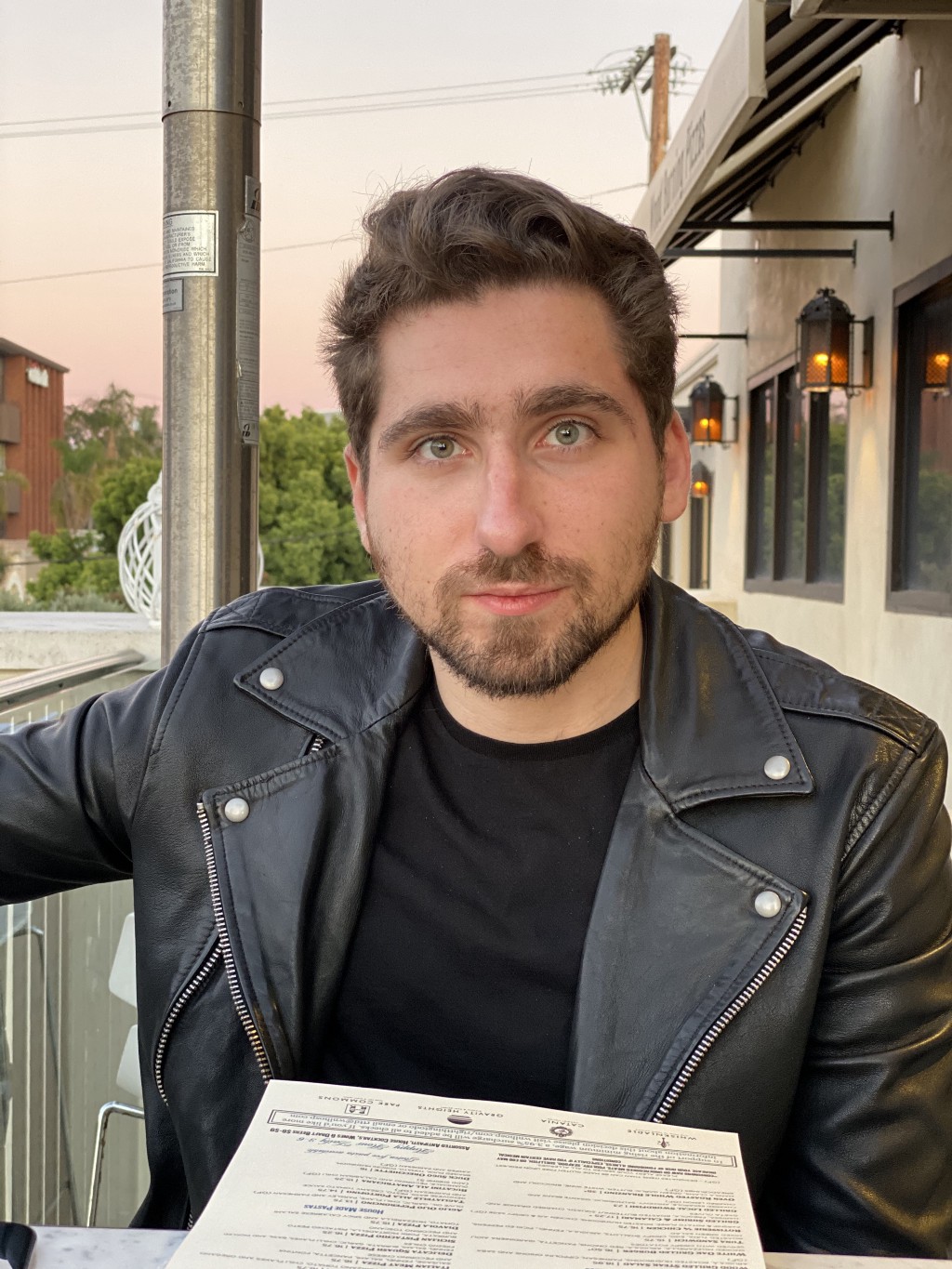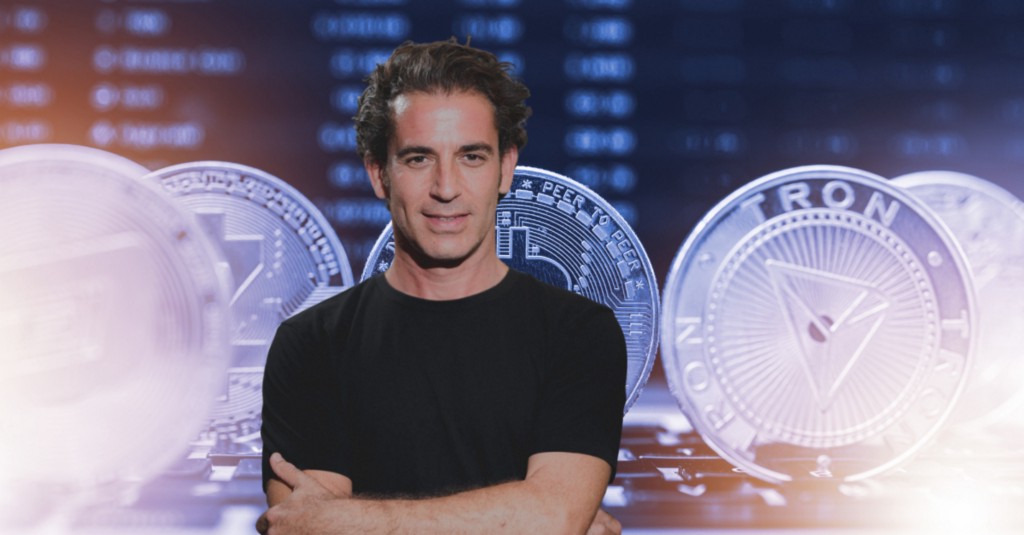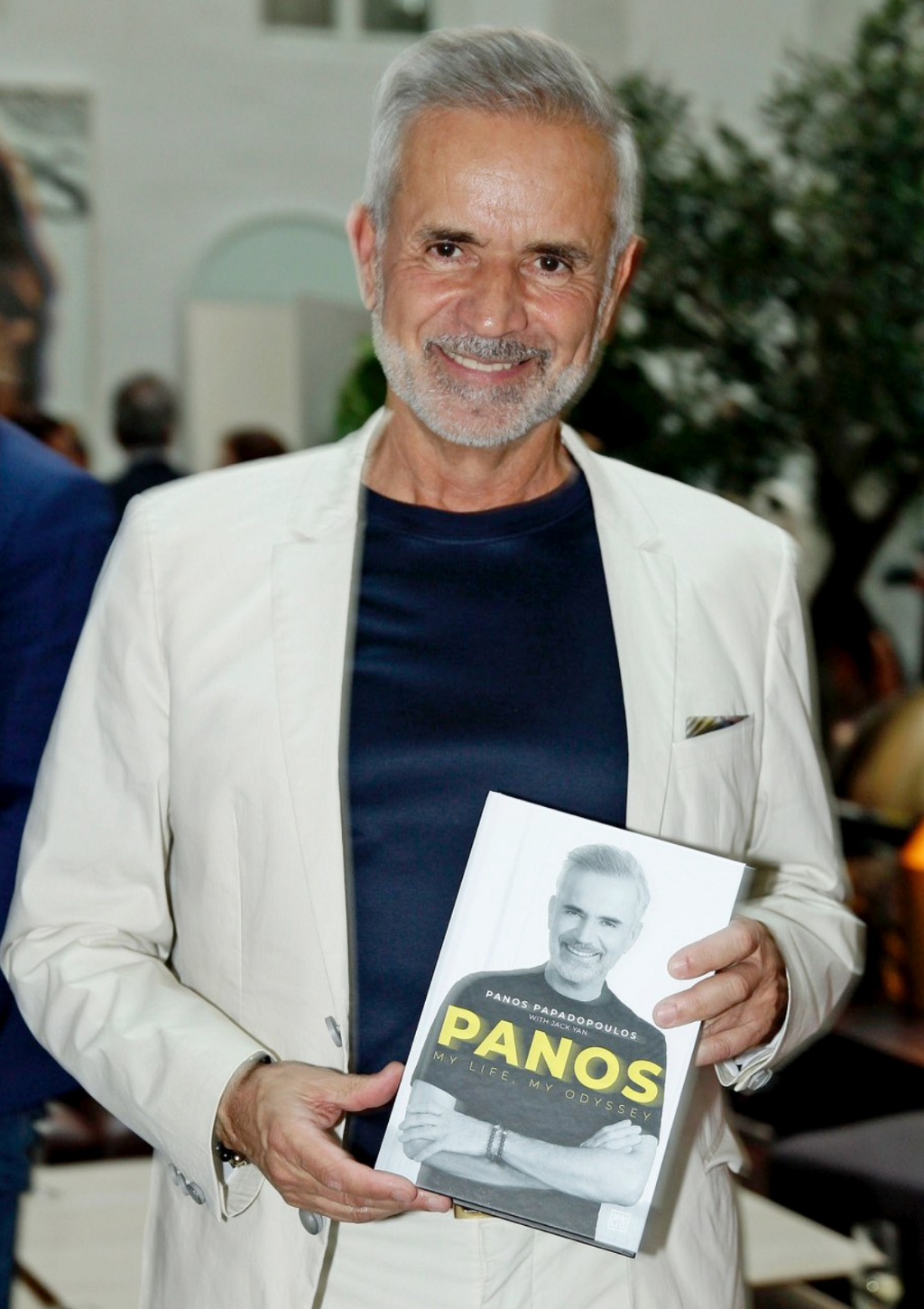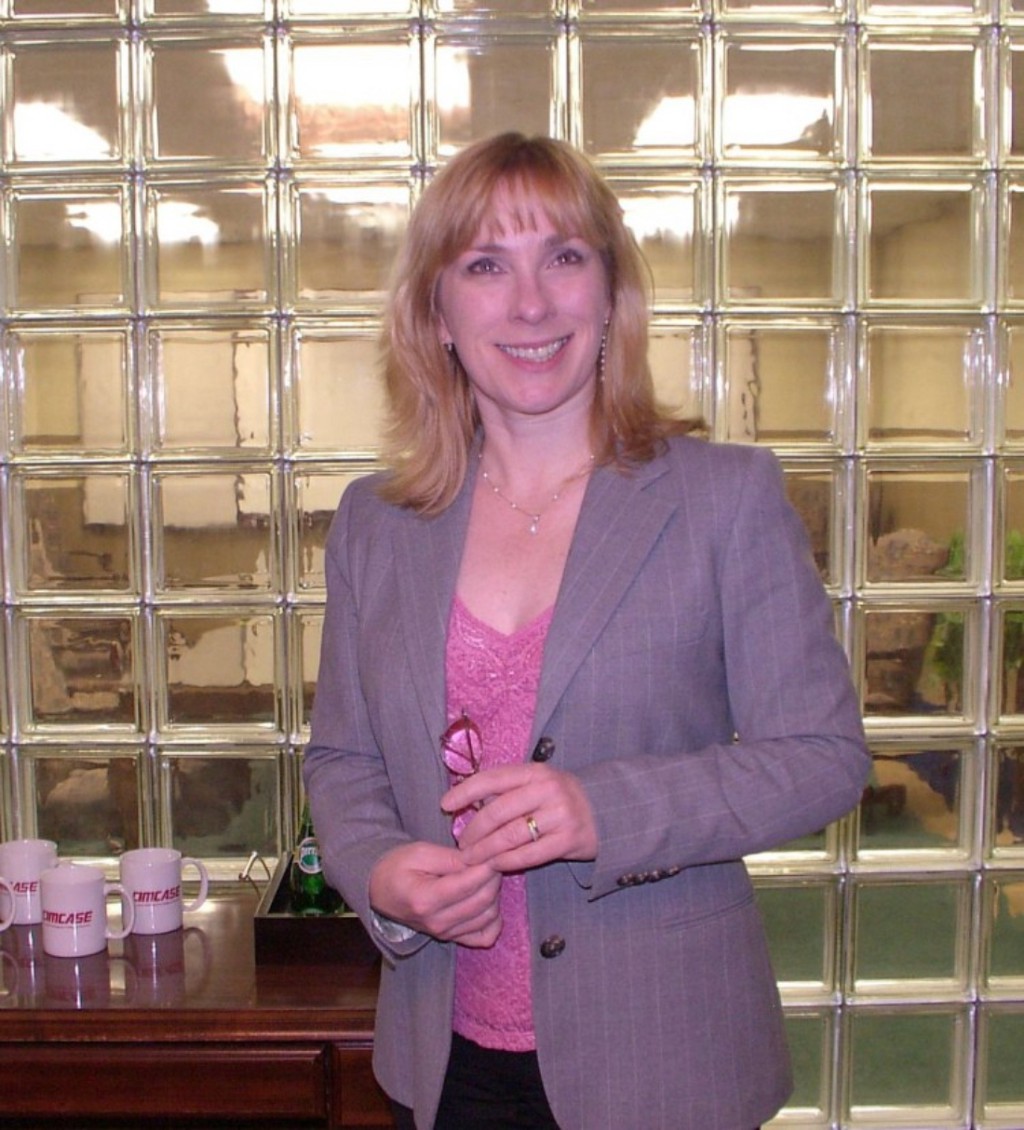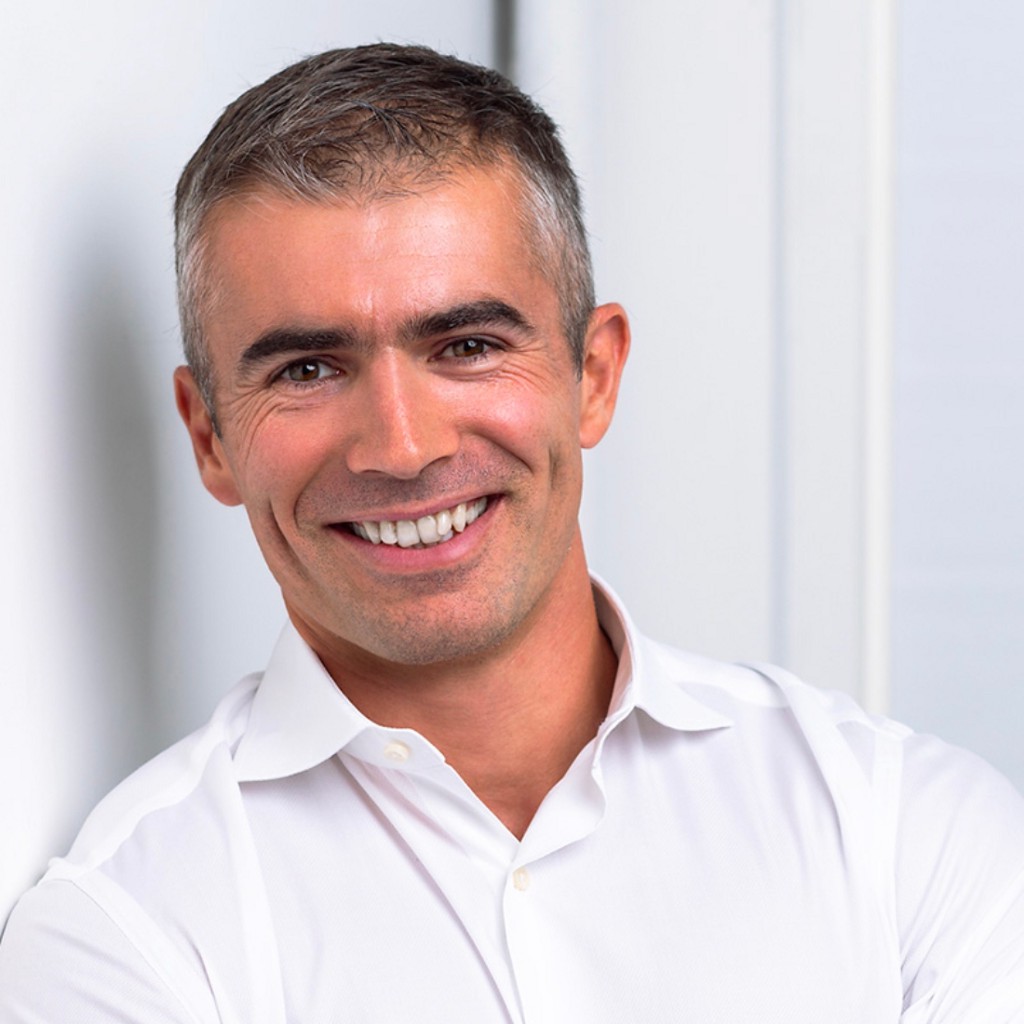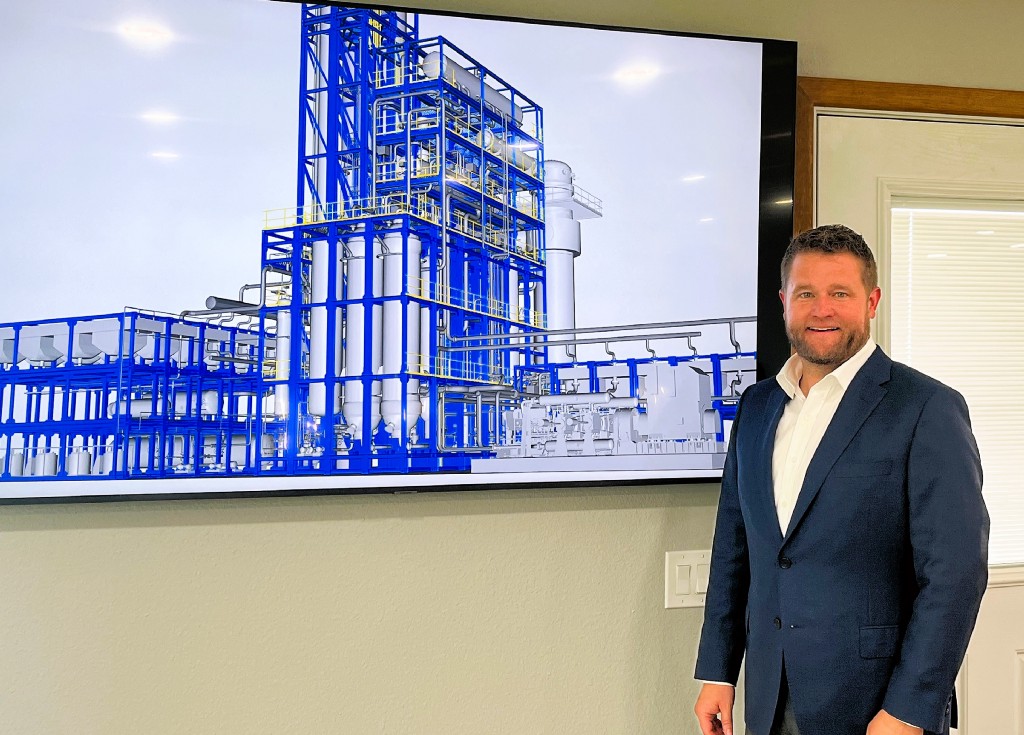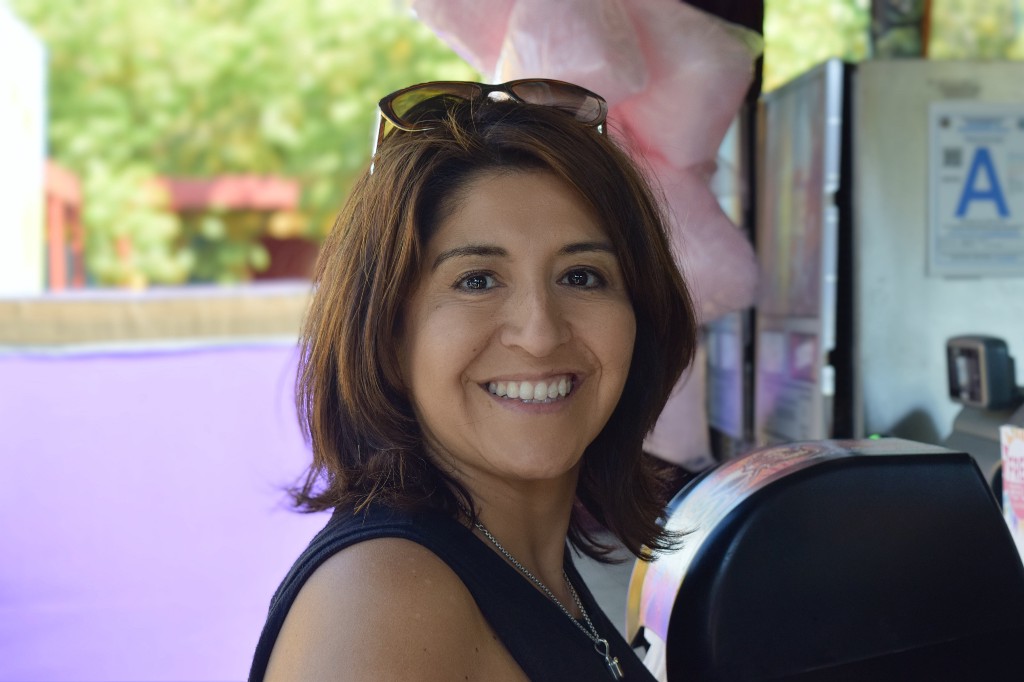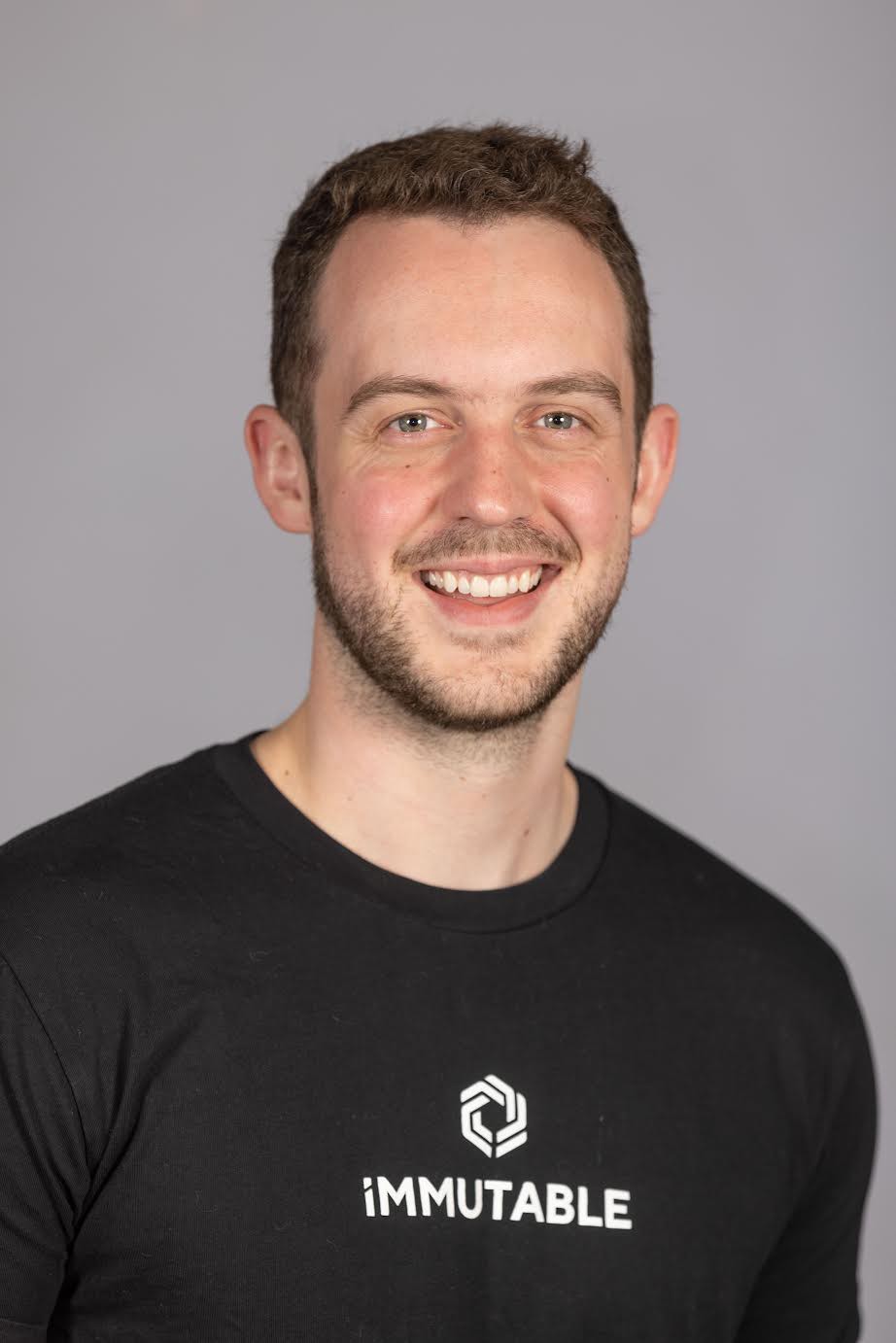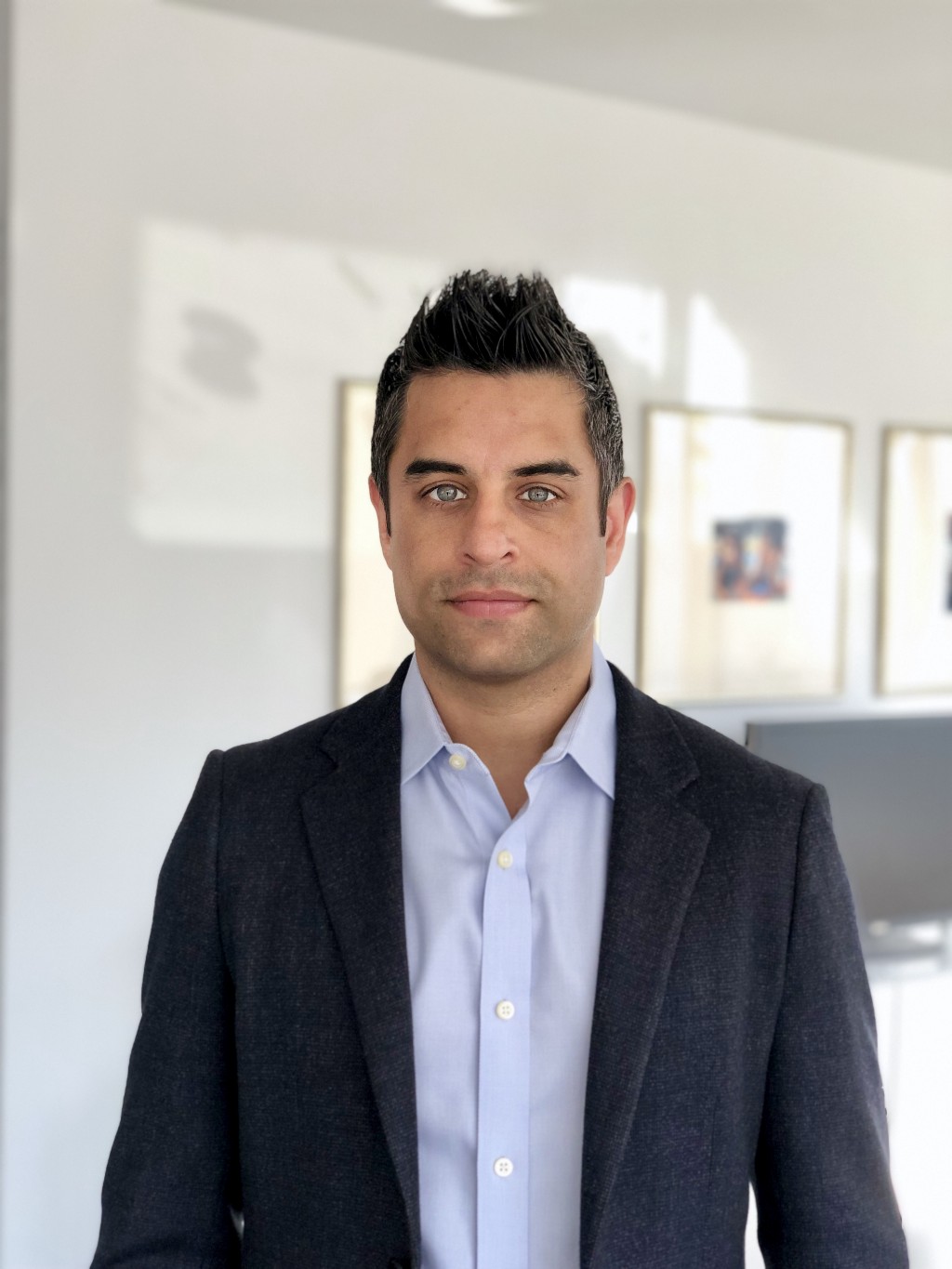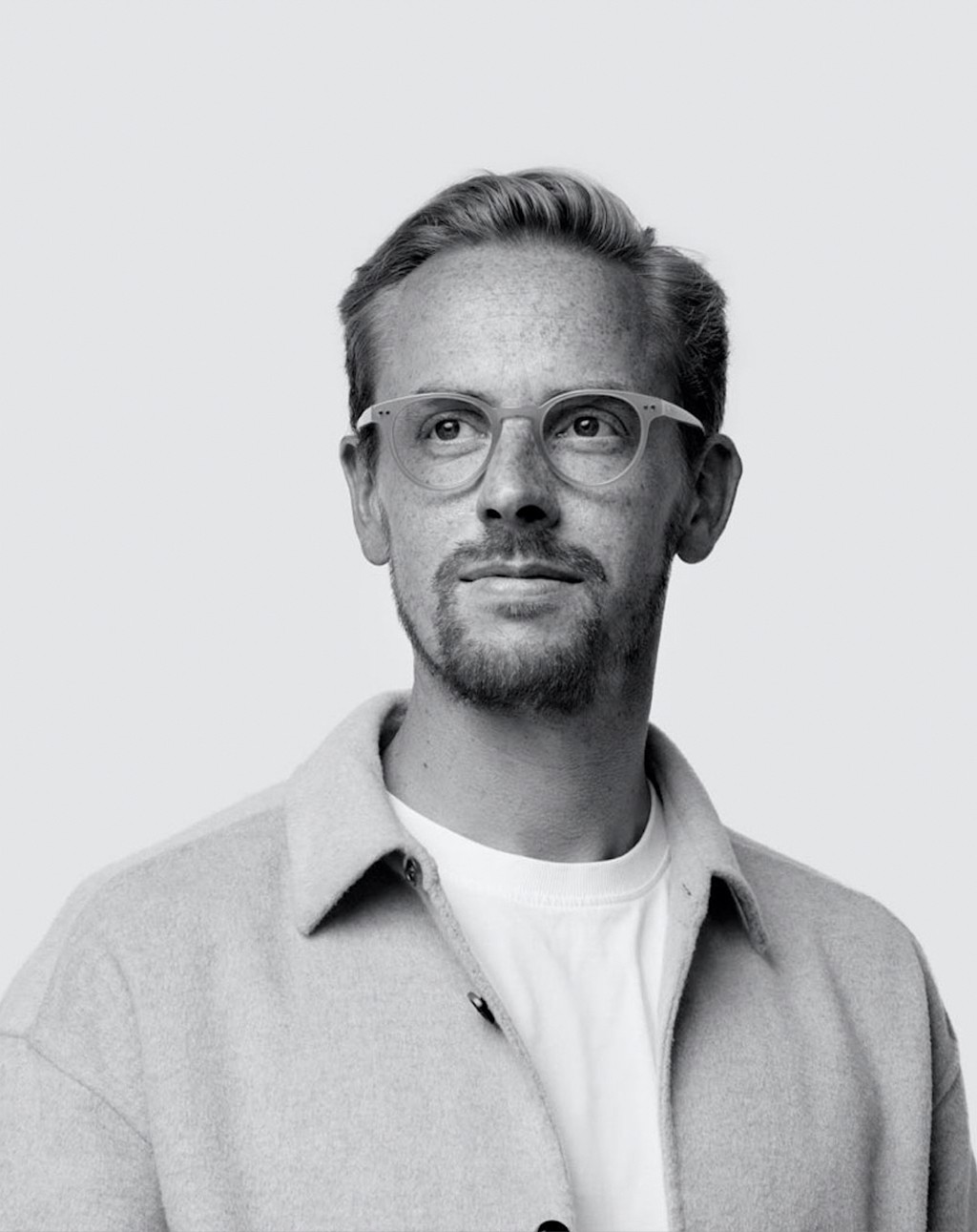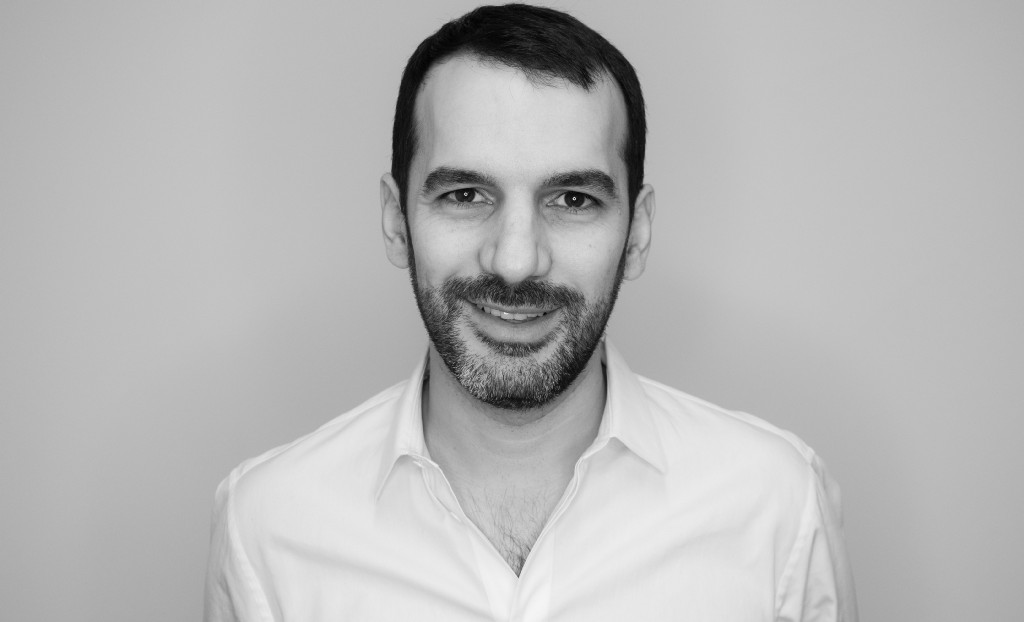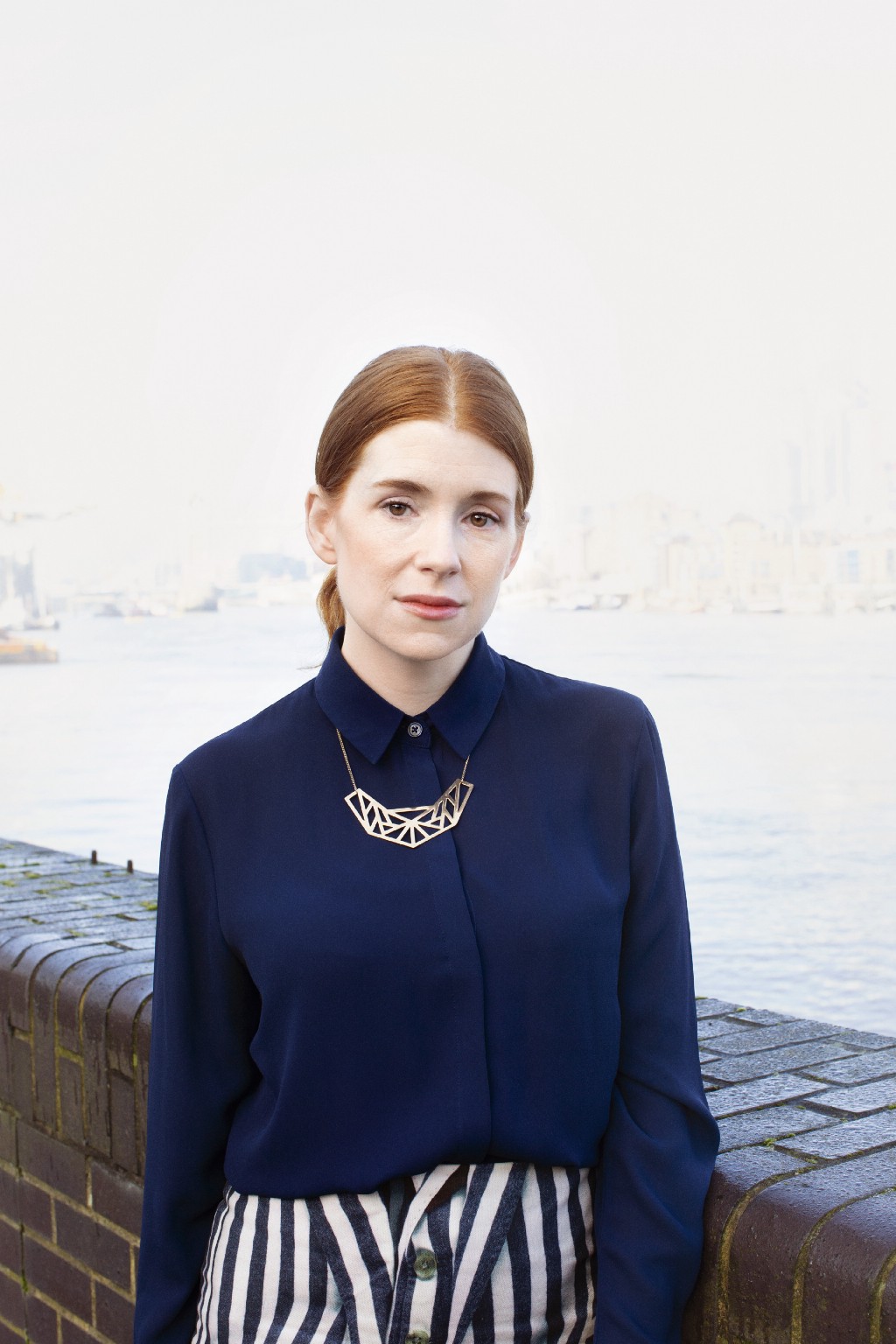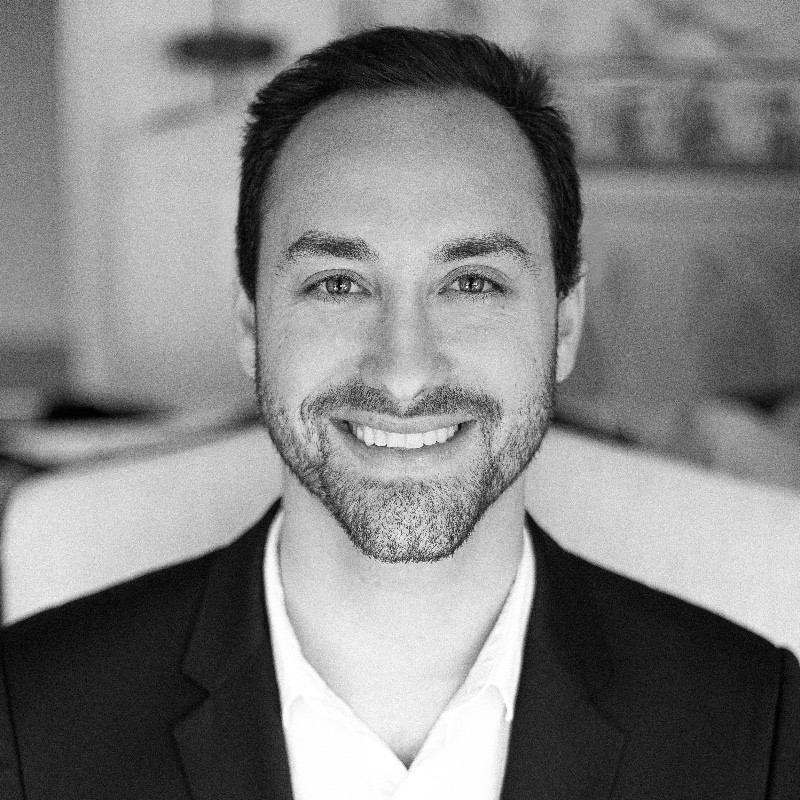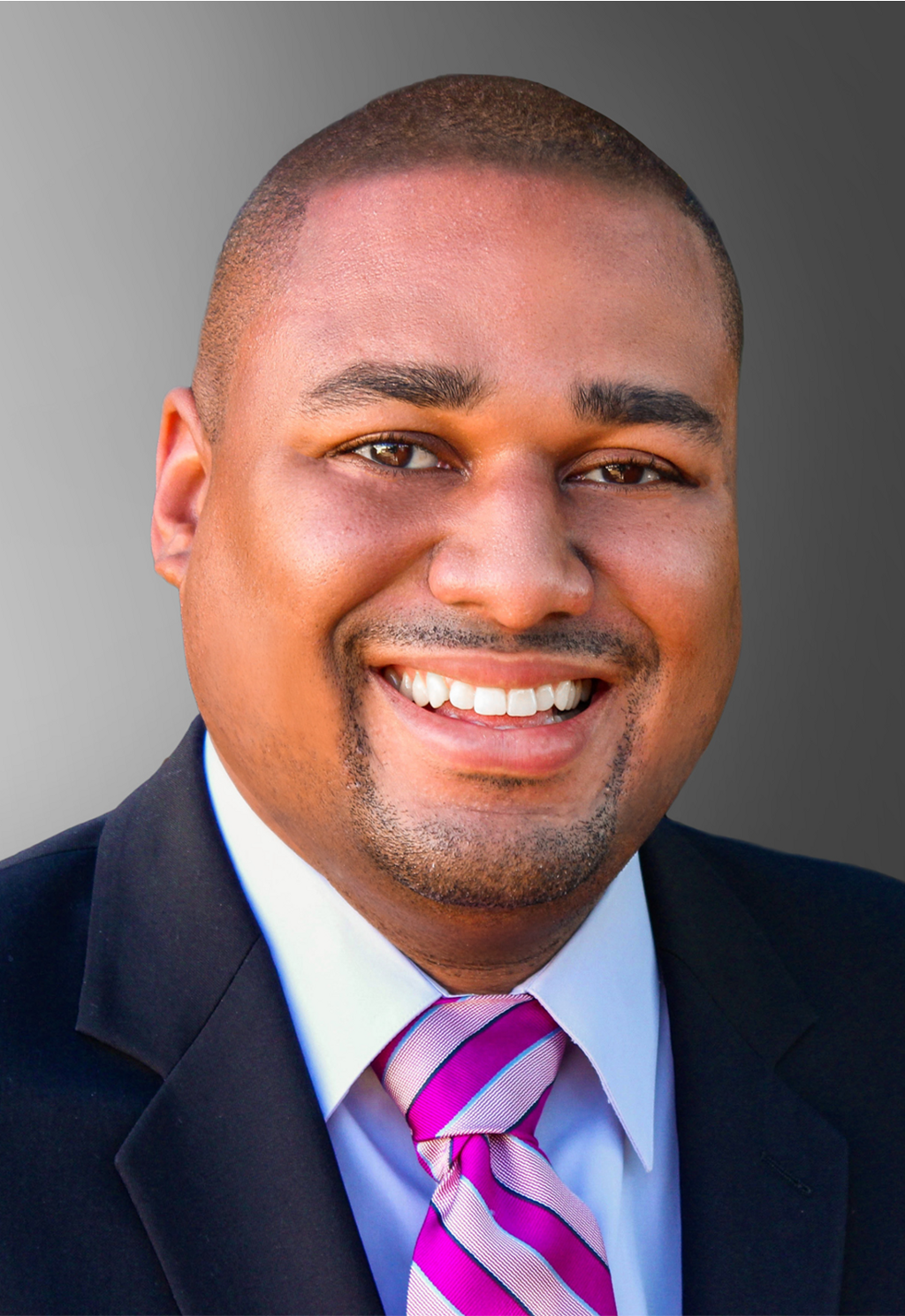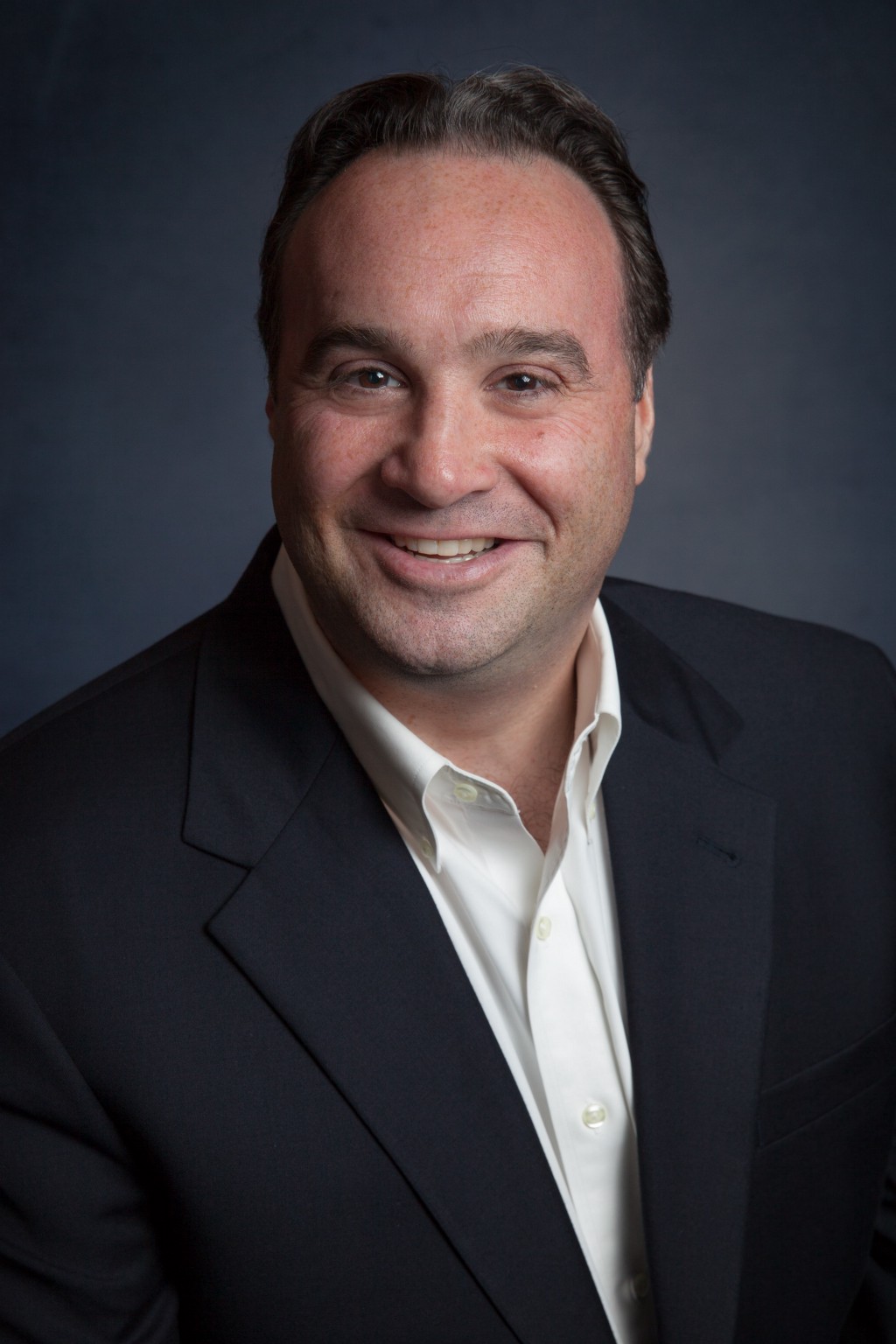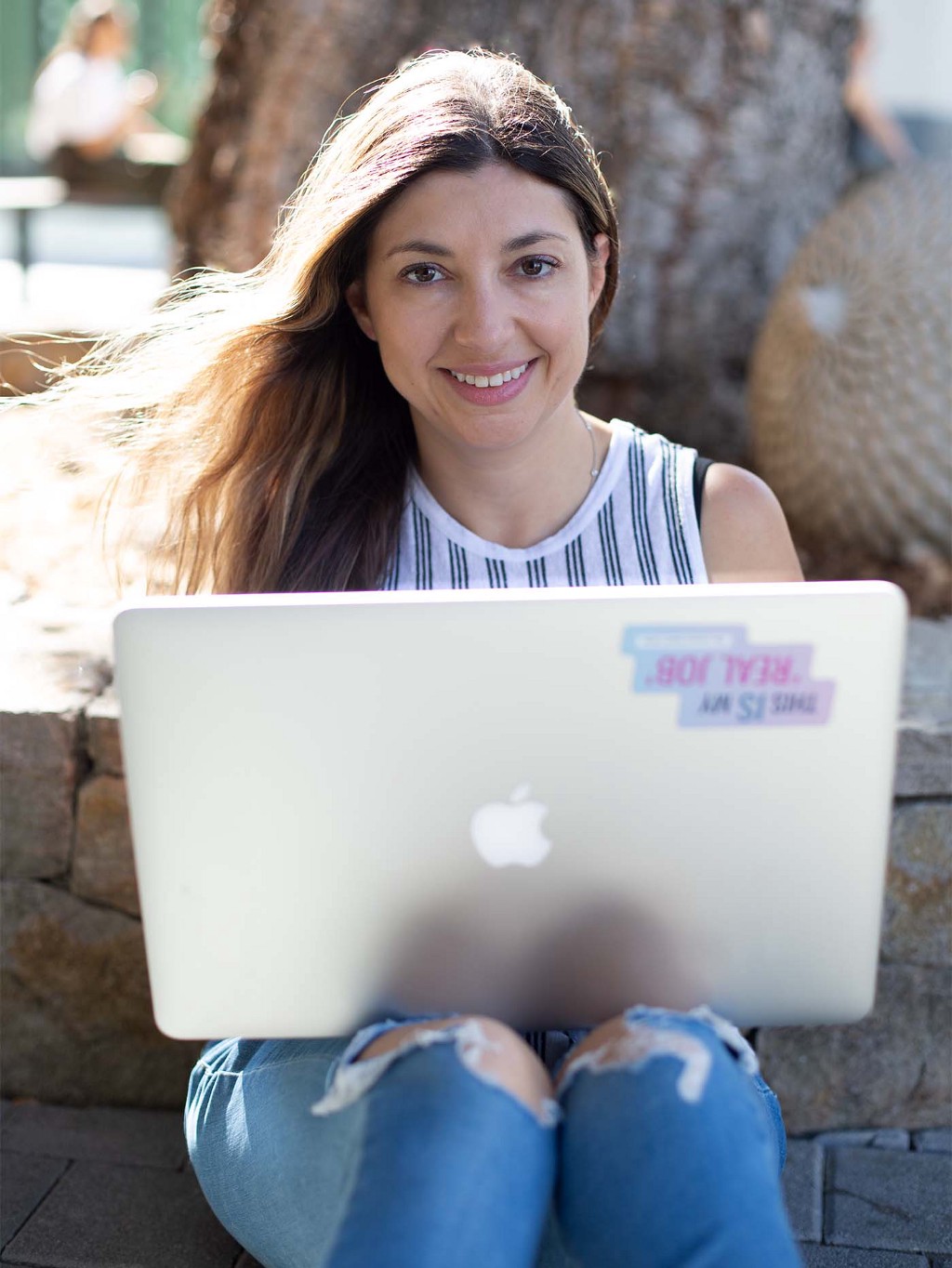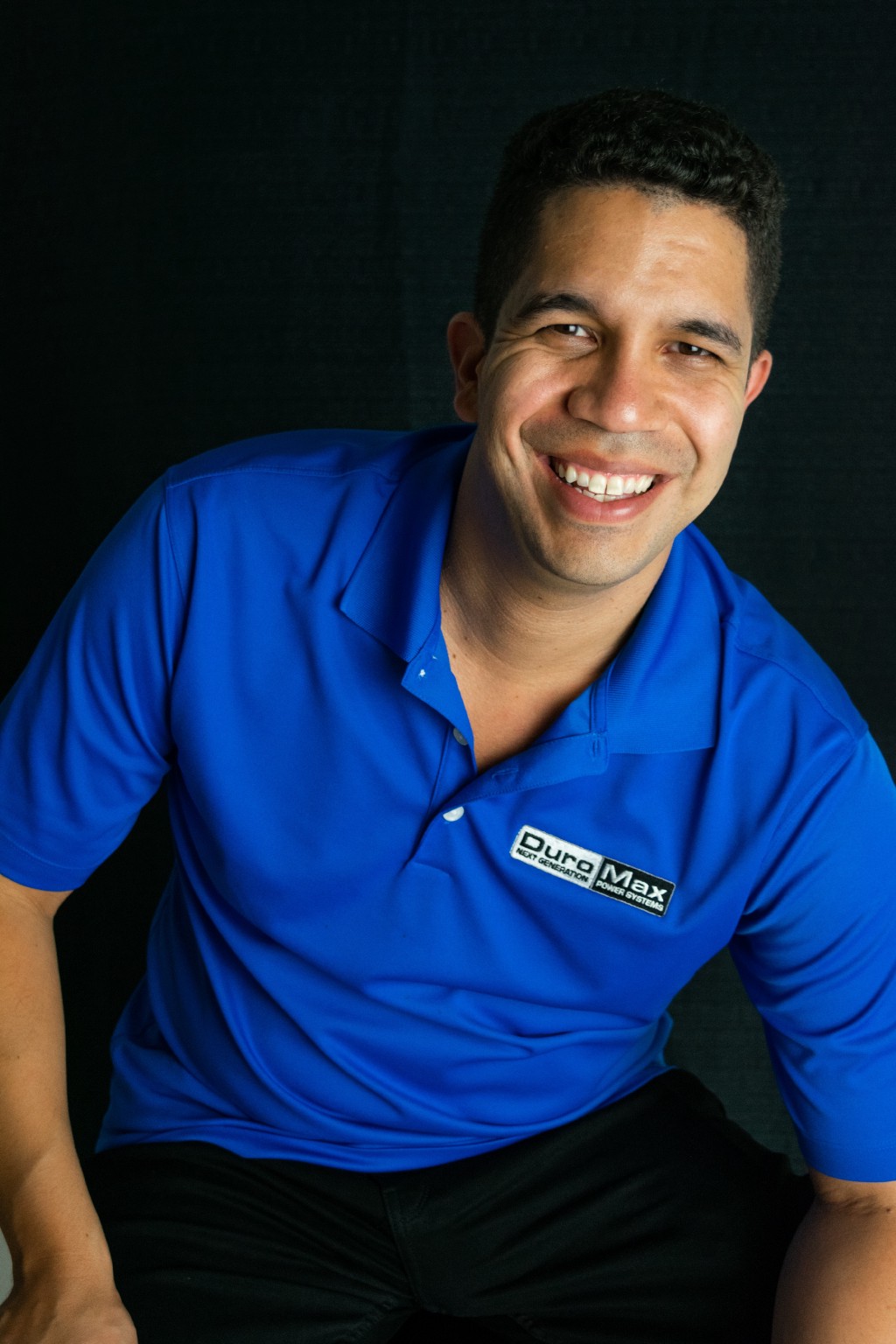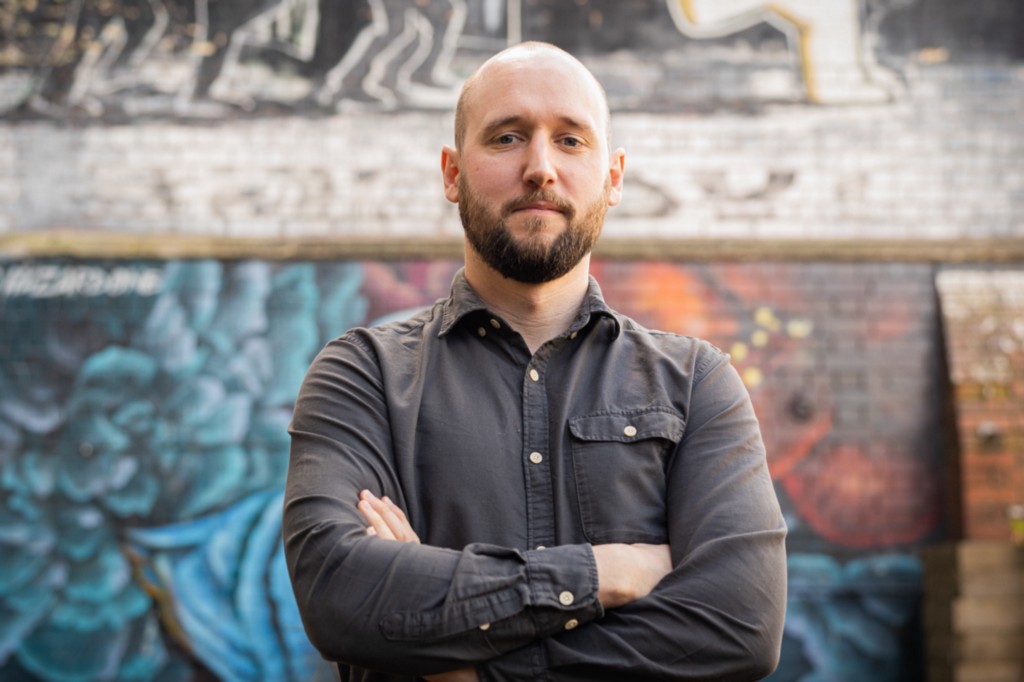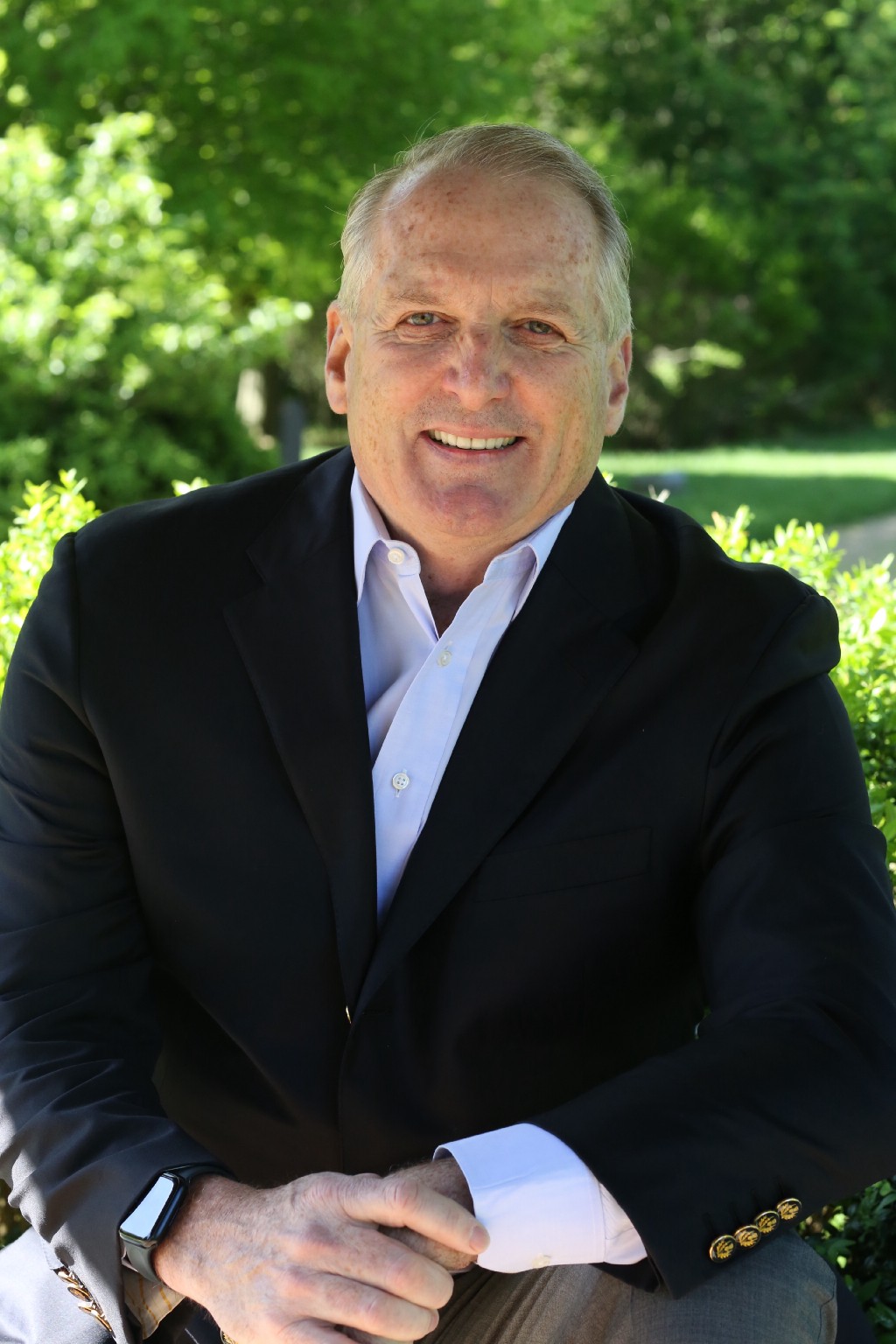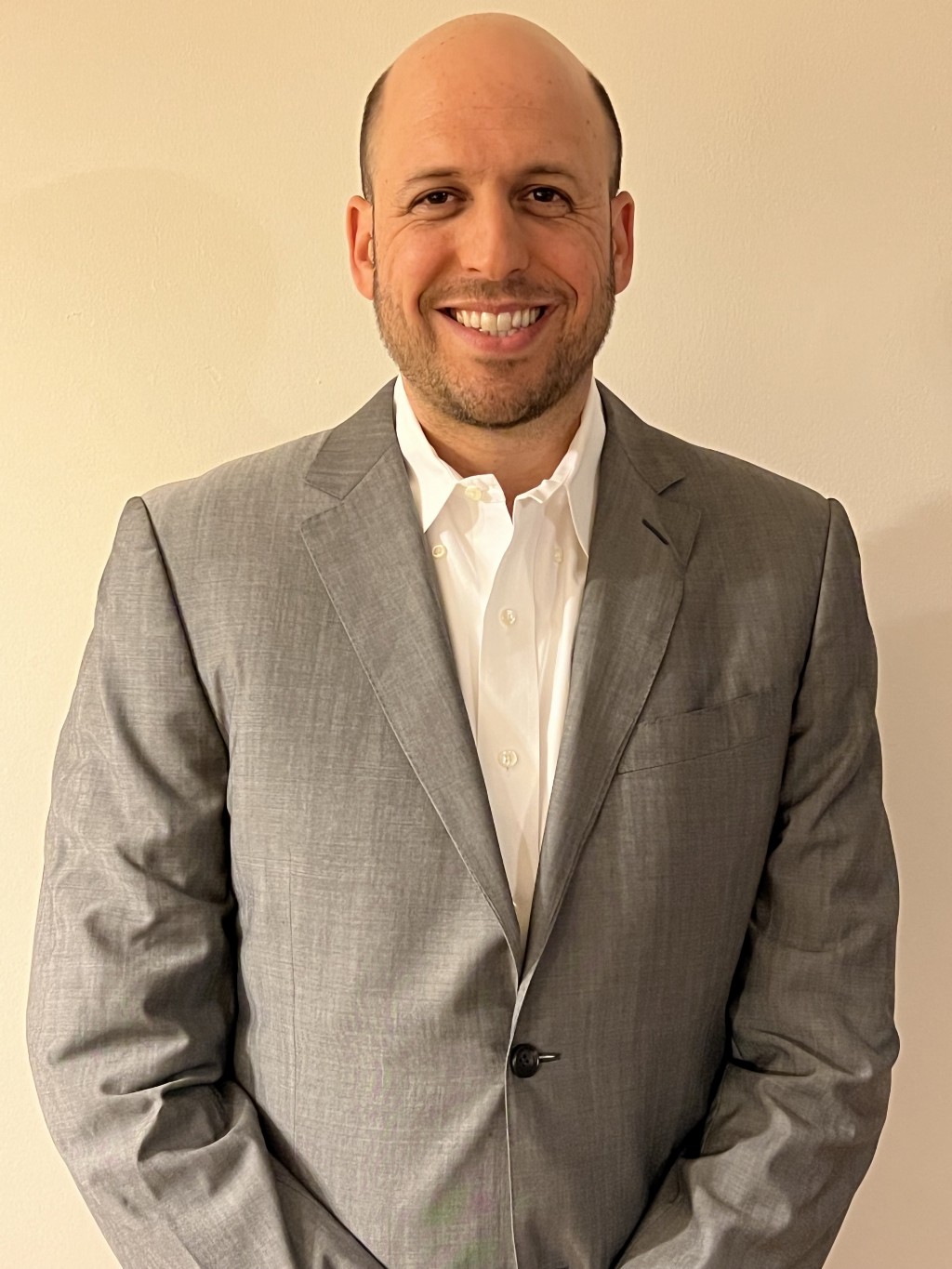Personal Brand Strategist Amanda Melissa: Five Things You Need To Build A Trusted And Beloved Brand
An Interview With Fotis Georgiadis
Build a community — From McDonald’s to Amazon they all have the loyal fans who trust them and buy no matter what. Think of building a community online like a softball or soccer team. What do your teammates know about you that no one else knows? Do your teammates have the same beliefs and values as you? And remember you build a community with one to one relationships, it might take awhile but it is so worth it.
As part of our series about how to create a trusted, believable, and beloved brand, I had the pleasure to interview Amanda Melissa.
Amanda Melissa is a personal brand strategist for women coaches and service providers who want to attract the right clients using social media. She helped her client go from zero online sales to earring $30k in 30 days. Her mission is to help women grow authentic and influential personal brands so that they can create more impact in their industry and earn more money.
Thank you so much for doing this with us! Can you tell us a story about what brought you to this specific career path?
Absolutely! I worked in corporate marketing after college. Then on the weekends I did freelance social media management for small businesses. But what I learned from talking to so many business owners, was that so many wanted to go viral but so many didn’t have a message. When I asked them what made them different they didn’t know. That’s why I saw the need to help women business owners work on their brand and discover what makes them unique instead of only focusing on the vanity metrics. Because when you can clearly communicate your brand message it’s a lot easier to hire a team, save money on ads, and save time and stress by having a simple marketing strategy.
Can you share a story about the funniest marketing mistake you made when you were first starting? Can you tell us what lesson you learned from that?
Ohh yes! The funniest marketing mistake was being scared to put myself out there and record videos. I came from working in corporate marketing so I was never in the videos, I just had to record and post. So being a business owner, I had to also put myself out there despite feeling imposter syndrome. The reason why this is funny is because that’s exactly I how I help my clients. I help them be confident with feeling seen and putting themself out there. I learned that this is exactly what my clients go through and I know what it’s like to feel scared of feeling seen, but ultimately what I’ve learned is that visibility is your responsibility as a business owner.
What do you think makes your company stand out? Can you share a story?
Growing up I always knew I wanted to be in marketing but it wasn’t until I started interviewing that I noticed that I didn’t see very many Latina’s in the industry. Every interview I went to the teams were filled with “bro marketers.” So as a strategist what makes me stand out is that I’m Latina and I lead with my feminine energy instead of masculine.
Are you working on any exciting new projects now? How do you think that will help people?
The biggest project I have now is working with clients who want to be influential in their industry. For instance I’m working with a money coach who wants to make sure women get clarity on their money moves and personality that way they can better learn to manage their money in their life whether they are navigating sticky relationships, difficult family life, or unstable jobs. She is really helping women with their money and so it’s full circle. If I help my clients get visible online they help other people with their service.
Ok let’s now jump to the core part of our interview. In a nutshell, how would you define the difference between brand marketing (branding) and product marketing (advertising)? Can you explain?
I love this question! Product marketing is so much easier because you can literally film a banana and the different recipes you can use with it, and then people will want to go out and buy a banana. But brand marketing is when you create a community that is loyal to you. So if you have an email list who is always opening up every email you send because they love the content, that is brand marketing. You are creating the right brand messages to earn awareness and gain community that will buy from you.
Can you explain to our readers why it is important to invest resources and energy into building a brand, in addition to the general marketing and advertising efforts?
Yes! I help provide brand clarity to my clients by strategizing their message, target audience, and content strategy. And building a brand is so important because if you invest in a podcast, social media content, and email list, it’s very hard to stay on brand with all the things unless you have brand clarity. Investing into your brand clarity affects your lead generation strategy, content strategy, hiring/outsourcing, sales, and marketing. A past client came to me after spending almost $30K in 3 years on Facebook ads and they realized that it didn’t result in any sales. And that’s why it’s so important to invest in your brand that way it saves you a ton of money and time. Not too mention it will be able to help you communicate to your marketing team your vision and then they will all speak the same language whether it’s ads or a podcast.
Can you share 5 strategies that a company should be doing to build a trusted and believable brand? Please tell us a story or example for each.
- Get clarity around the message you are sending — ask yourself from your audience’s perspective would you clearly understand how you are different than the competition?! Is it easy for them to understand what you do and who you do it for?
- Build a community — From McDonald’s to Amazon they all have the loyal fans who trust them and buy no matter what. Think of building a community online like a softball or soccer team. What do your teammates know about you that no one else knows? Do your teammates have the same beliefs and values as you? And remember you build a community with one to one relationships, it might take awhile but it is so worth it.
- Share stories that relate to your audience — What was your favorite story as a child? And what was the overall message you learned from it? Let’s say for example you learned how to make friends from the story. This is a prime example about what you need to showcase to your audience.Tell the story about why you are passionate about what you do, or the story about the biggest challenges you had to overcome as it relates to your audience and what your personal brand is about.
- Be vulnerable — Every personal brand shares their vulnerabilities but only as it relates to their audience. What struggles have you gone through that you share with your target audience? If you are a CEO of a health company and let’s say you sell protein bars, share a vulnerable story that way you audience can connect with you. Did you love chocolate as a kid and that’s why you had to create the best chocolate protein bar? Or did you create the best pie protein bar because you secretly eat pie any time of the year and not just on holidays? Be vulnerable but only as it relates to your audience and the service and product you are selling to them.
- Use video — I started a podcast for my brand and it was amazing but I learned it was easier for me to connect with my audience when I was on video. Video is one of the easiest ways to build trust. That’s why there are more YouTube stars vs. Instagram stars. Focus on delivering a clear message over video and it will be so much easier and faster to build trust and a believable brand.
In your opinion, what is an example of a company that has done a fantastic job building a believable and beloved brand. What specifically impresses you? What can one do to replicate that?
One of the best brands right now is JLO’s. She is beloved by the Latinx community and they stay loyal to her by watching her movies, buying her music, and wearing her clothes. One thing I love that she is doing is she is moving her social media followers to her email list, that way they are the first to know about music, movies, or brands she is involved with. I love this because she also knows she can’t ever buy her followers but she can own an email list. Her brand is secure because she can spread messages about what is important to her and they obviously want to be a part of it and will buy from her. Her brand has also lasted for over 20 years and is beloved by women all over the world. The best thing you can replicate is to notice that building a brand takes time, but it’s important to stay the course and keep building fans that love you.
In advertising, one generally measures success by the number of sales. How does one measure the success of a brand building campaign? Is it similar, is it different?
A brand building campaign is like McDonald ads. Their ads aren’t saying go buy our hamburgers they are saying if you buy our hamburgers we promise you will be happy and love it. They are building a community who wants to be happy after eating at McDonald’s. So if I were to define it a brand campaign is how you can emotionally connect with your target audience so that they can be part of your community and eventually buy from you.
What role does social media play in your branding efforts?
Social media is a big part of it because it’s a great way to build community and brand visibility. But the other component is email content. Having your own email list is key because we can’t own our followers like you can own an email list. My philosophy is using social media to grow my client’s email list.
You are a person of great influence. If you could inspire a movement that would bring the most amount of good to the most amount of people, what would that be? You never know what your idea can trigger. 🙂
I want to inspire other Latina’s to start their business and to build their dream life by being themself. I think too often in the Latinx community we want to please our family and friends but we forget to focus on our own dreams instead of fulfilling everyone else’s.
Can you please give us your favorite “Life Lesson Quote”? Can you share how that was relevant to you in your life?
My favorite mantra is keep it simple. I think too many times as entrepreneurs we try to overcomplicate things. I’m all about seeing the big picture and making it simple. If we make things simple it’s a lot easier to take action and implement.
We are blessed that very prominent leaders in business and entertainment read this column. Is there a person in the world with whom you would like to have a lunch or breakfast with? He or she might just see this, especially if we tag them. 🙂
I would love to have lunch with JLO. I think she is so inspiring as a Latina and she is multi-passionate and able to juggle so many projects and still build a successful brand. I think it’s amazing that she has been able to adapt and grow a social media following and stay in tune with her audience for over 20 years.
How can our readers follow you on social media?
Follow me on Instagram at @amandamelissa.co and TikTok at @amandamelissa.c
Thank you so much for joining us. This was very inspirational.
Thank you so much! I appreciate it.
Personal Brand Strategist Amanda Melissa : Five Things You Need To Build A Trusted And Beloved… was originally published in Authority Magazine on Medium, where people are continuing the conversation by highlighting and responding to this story.


